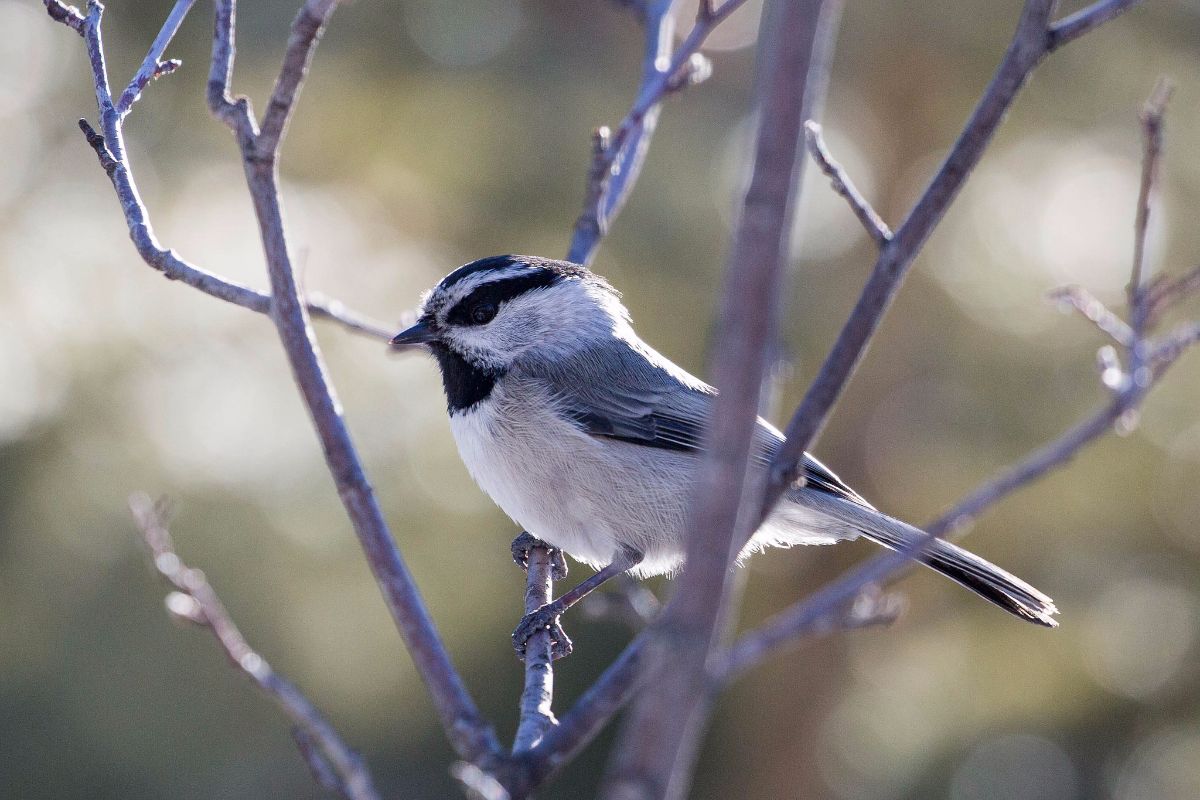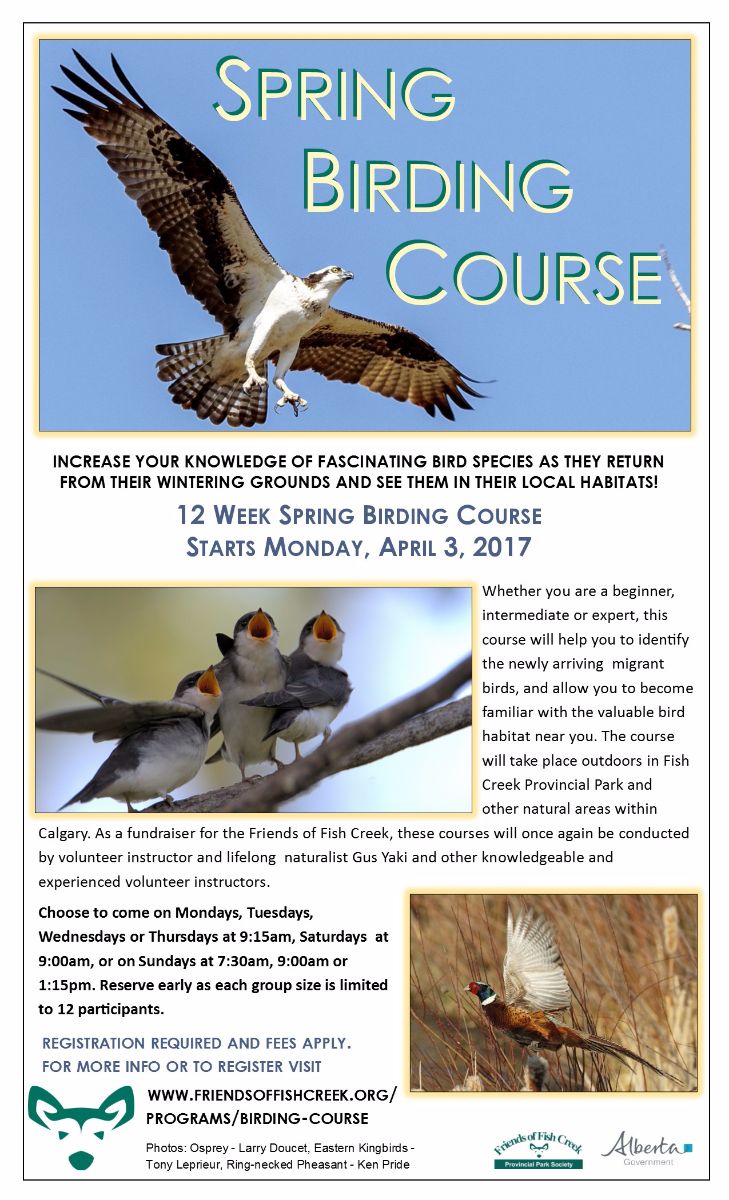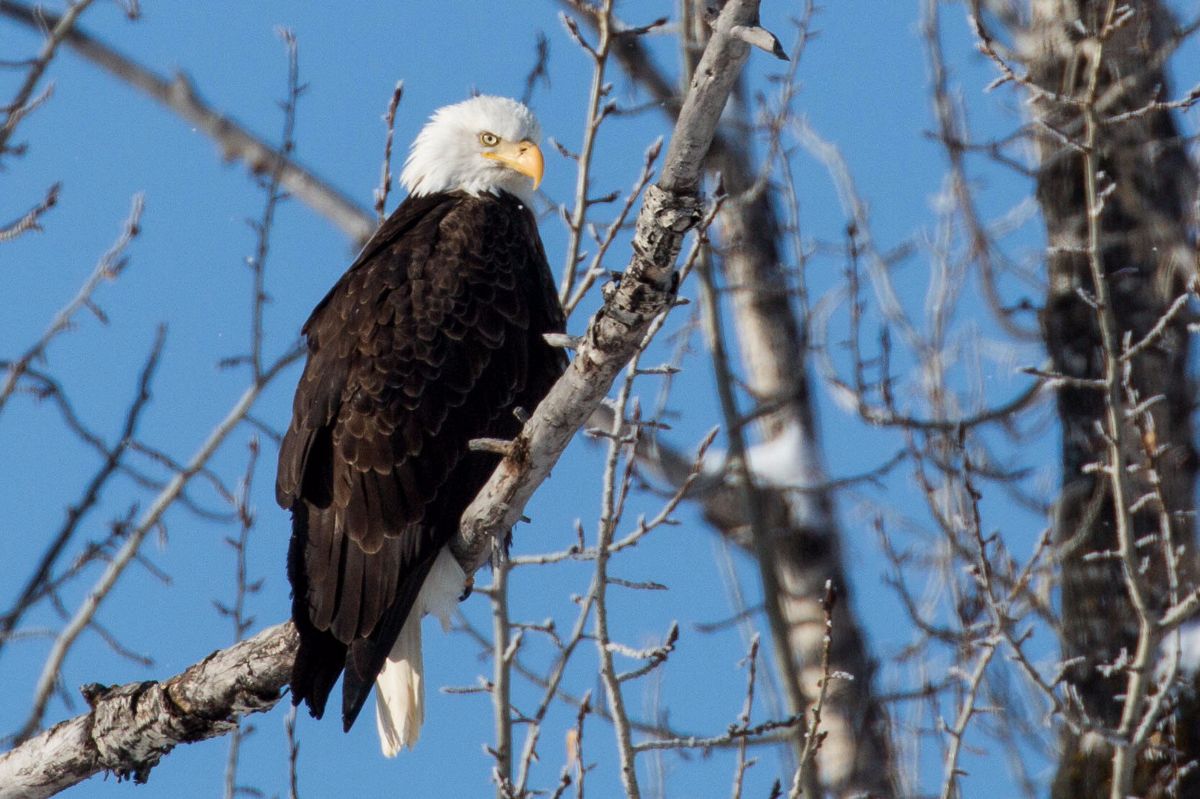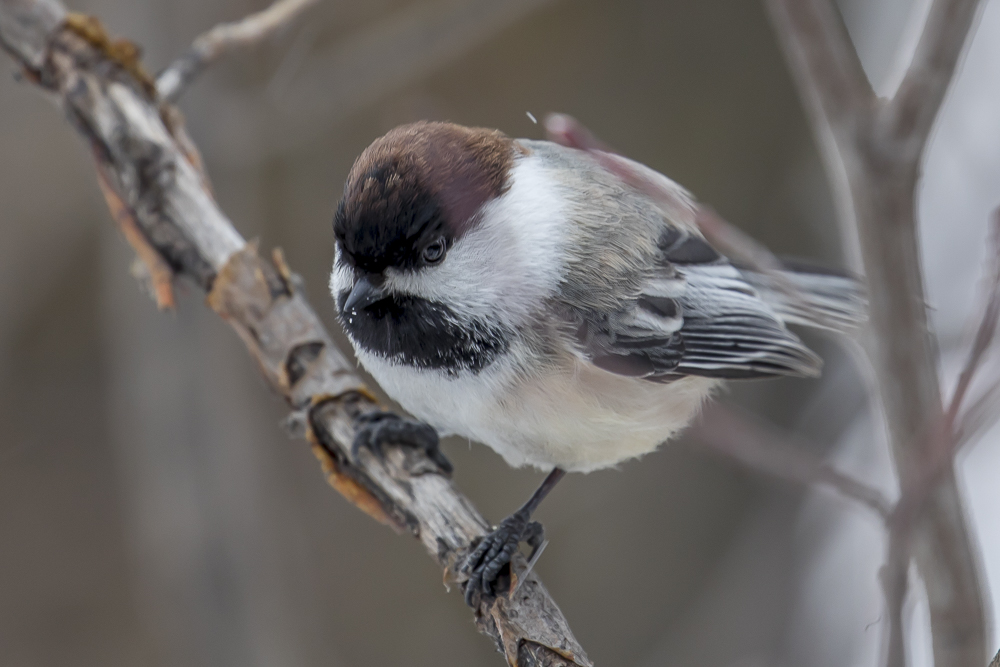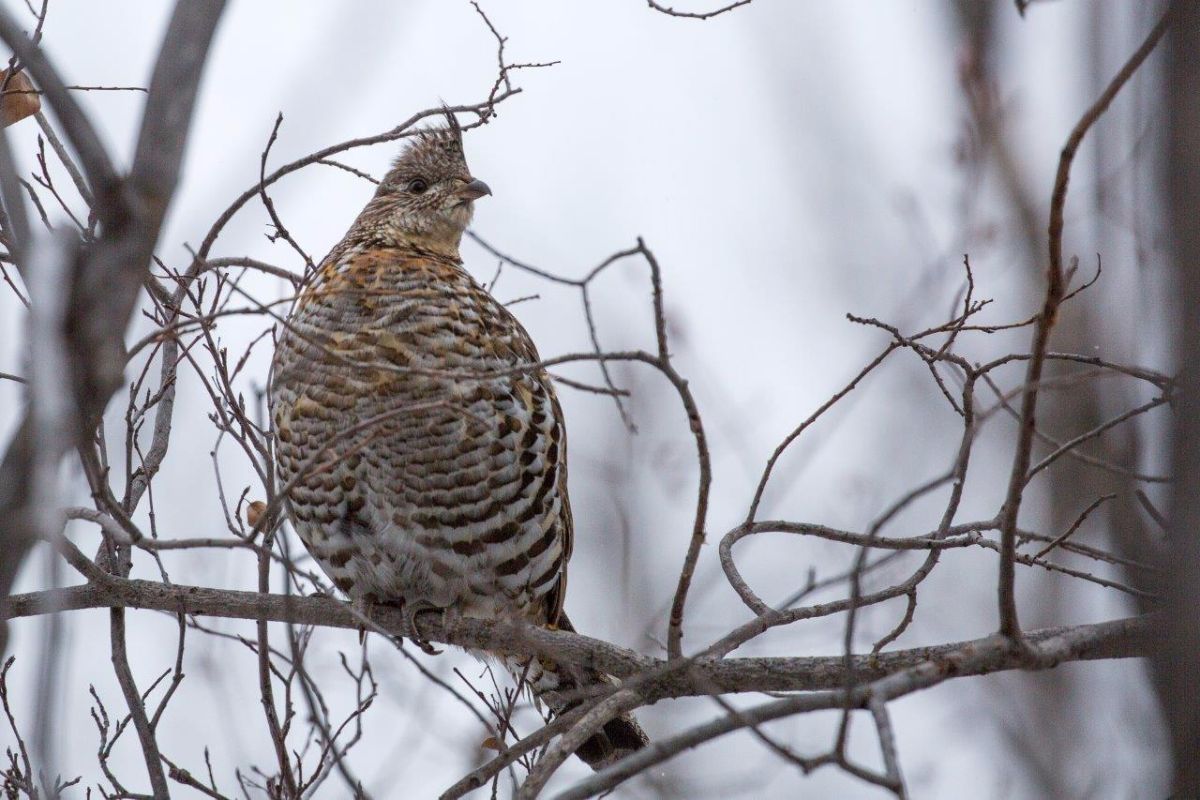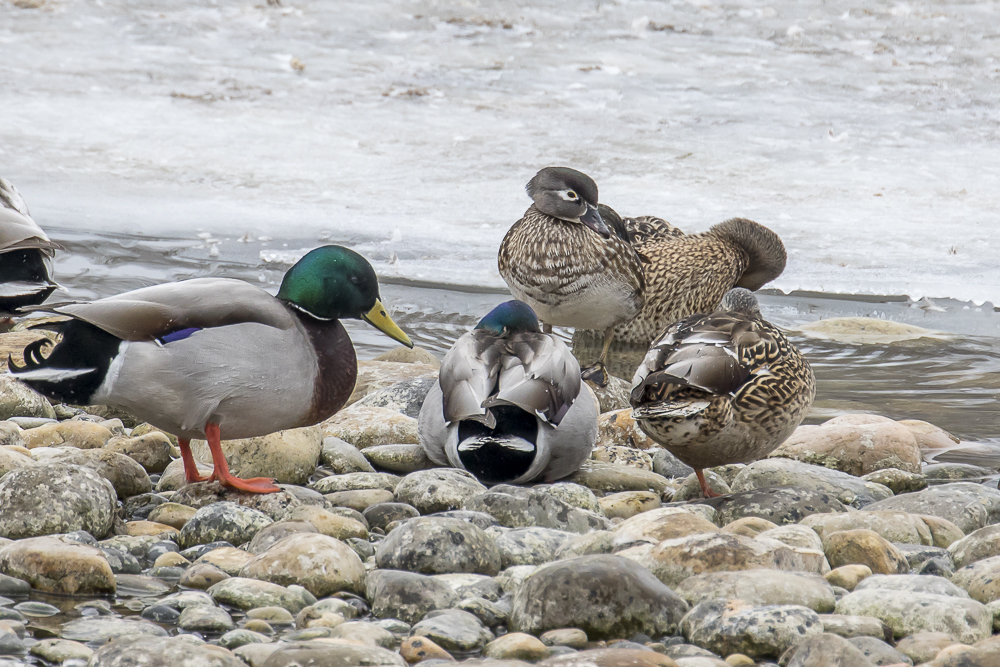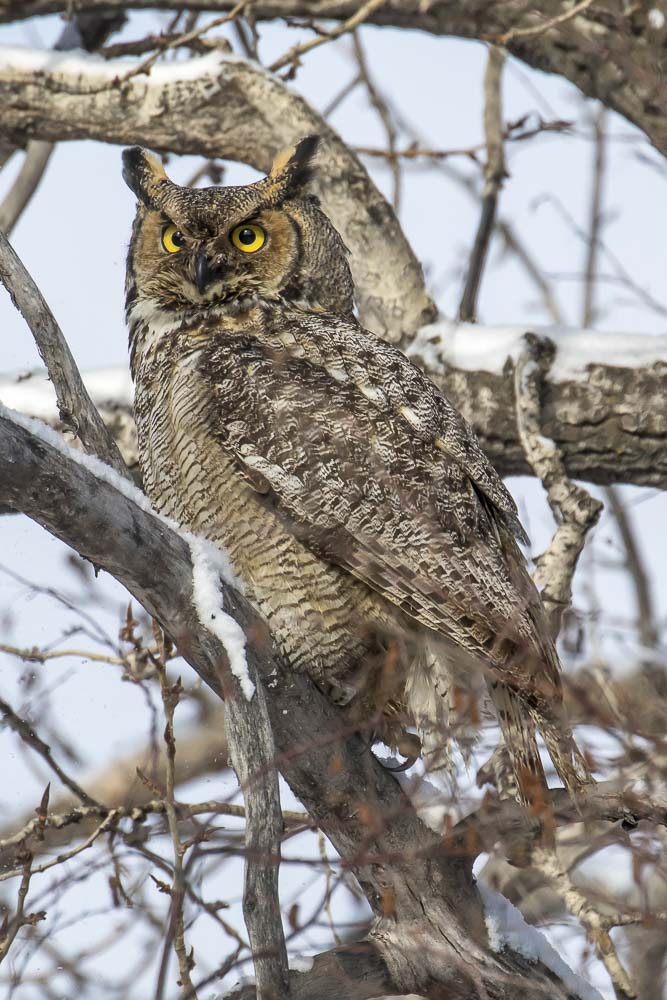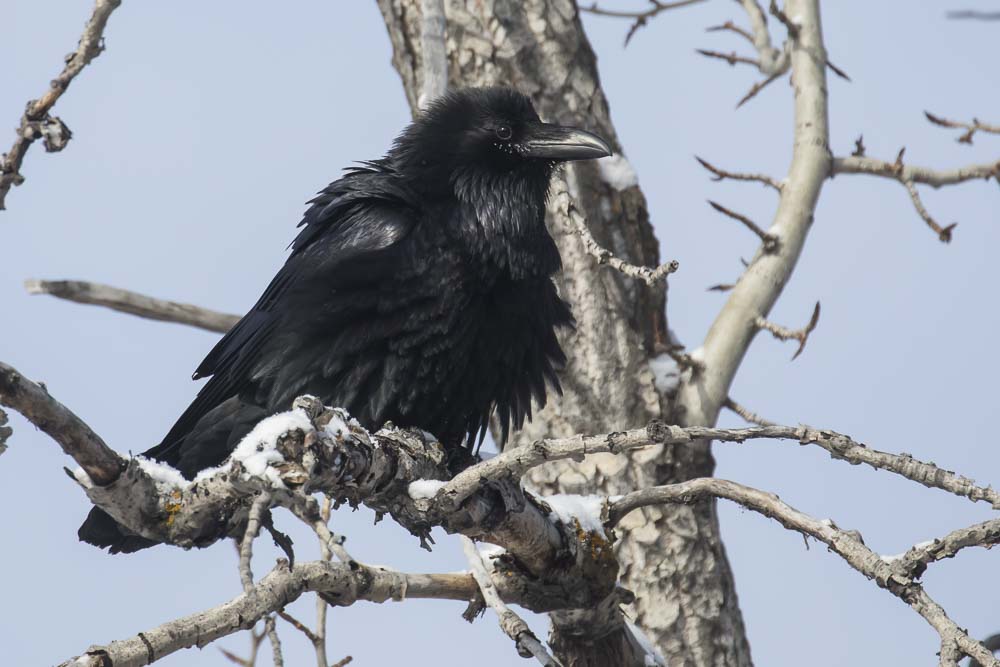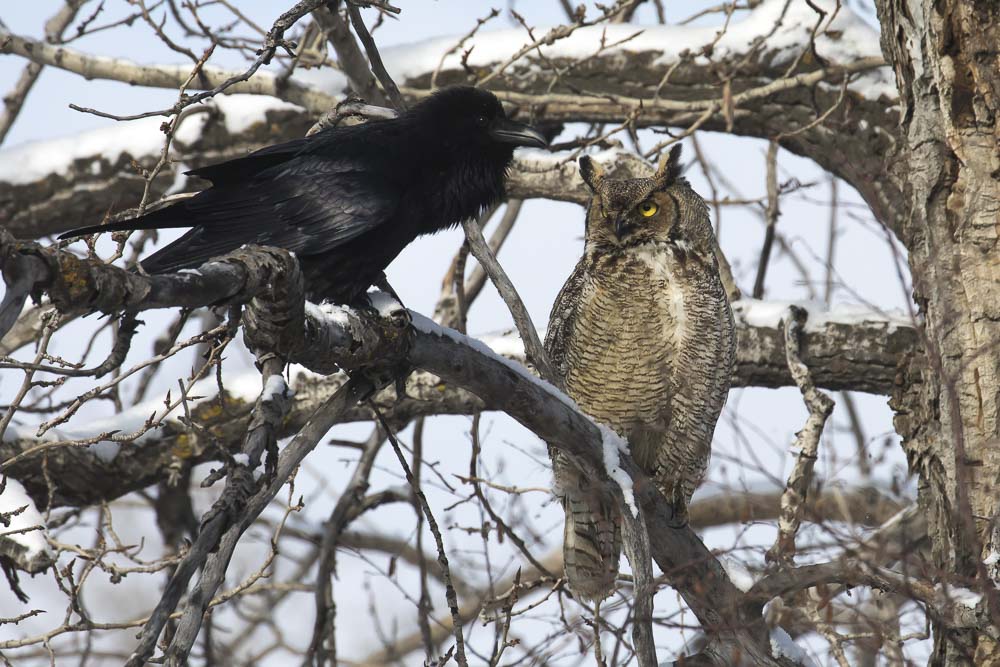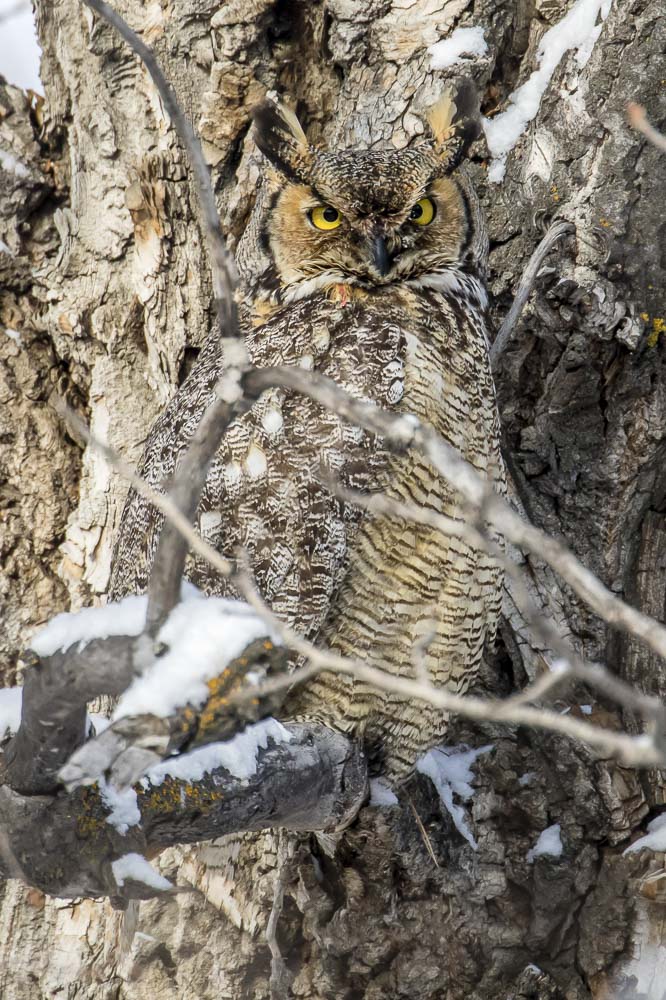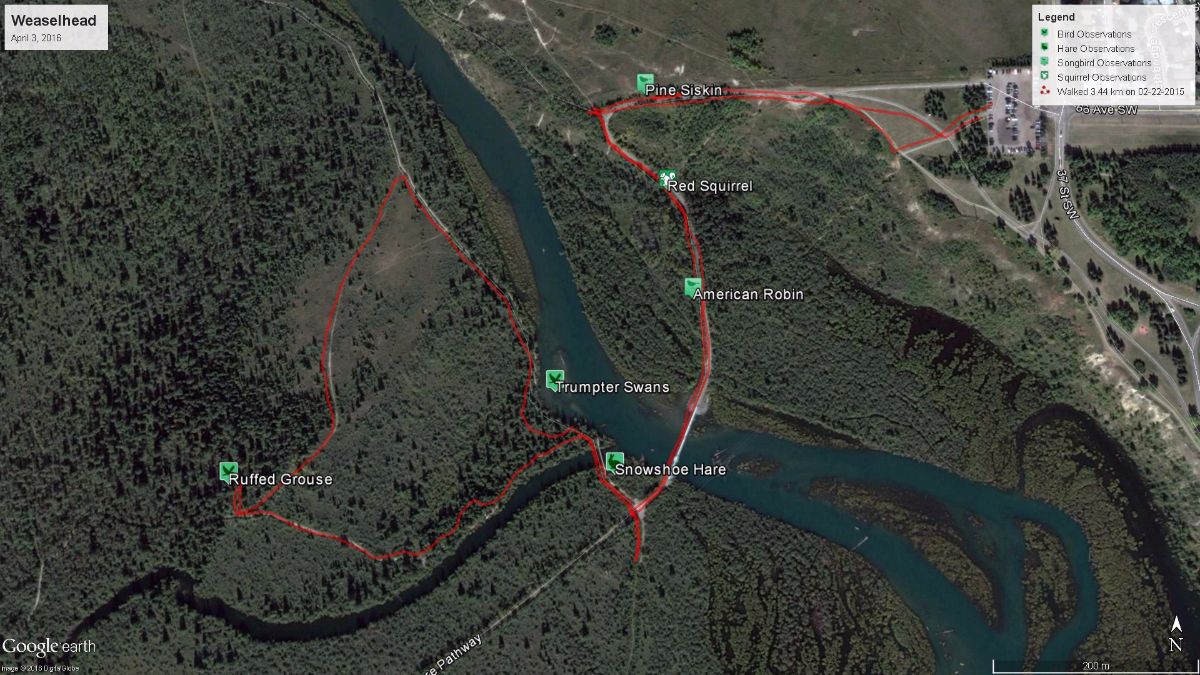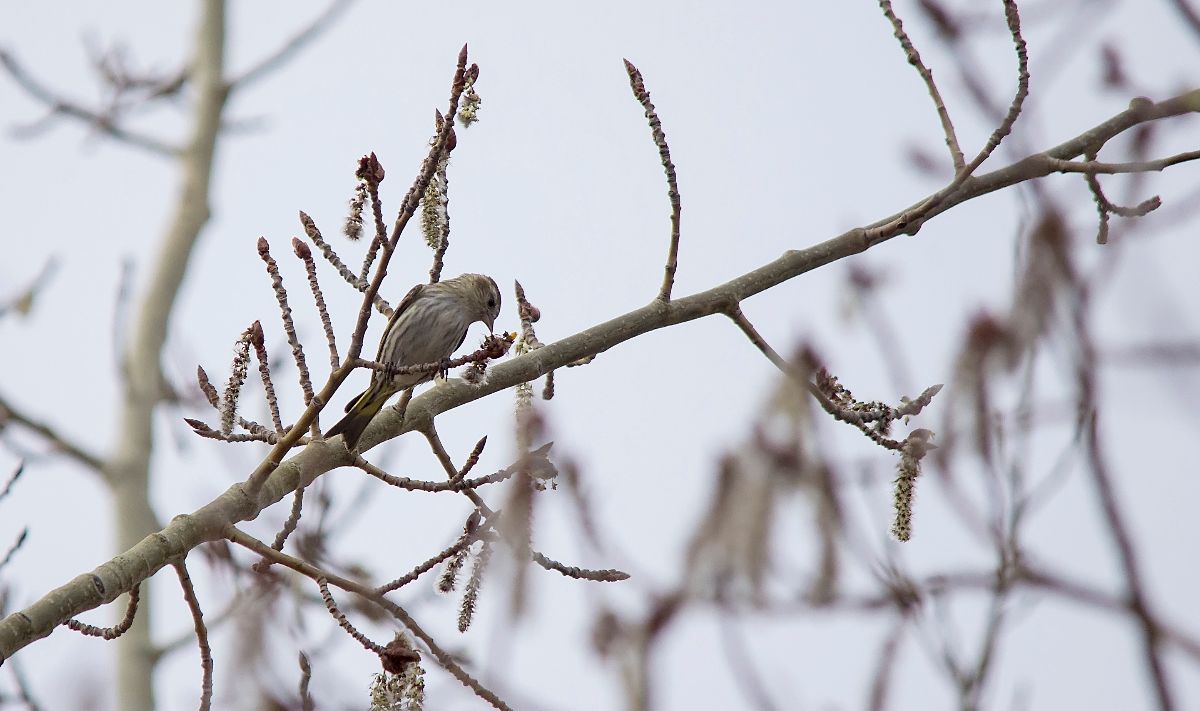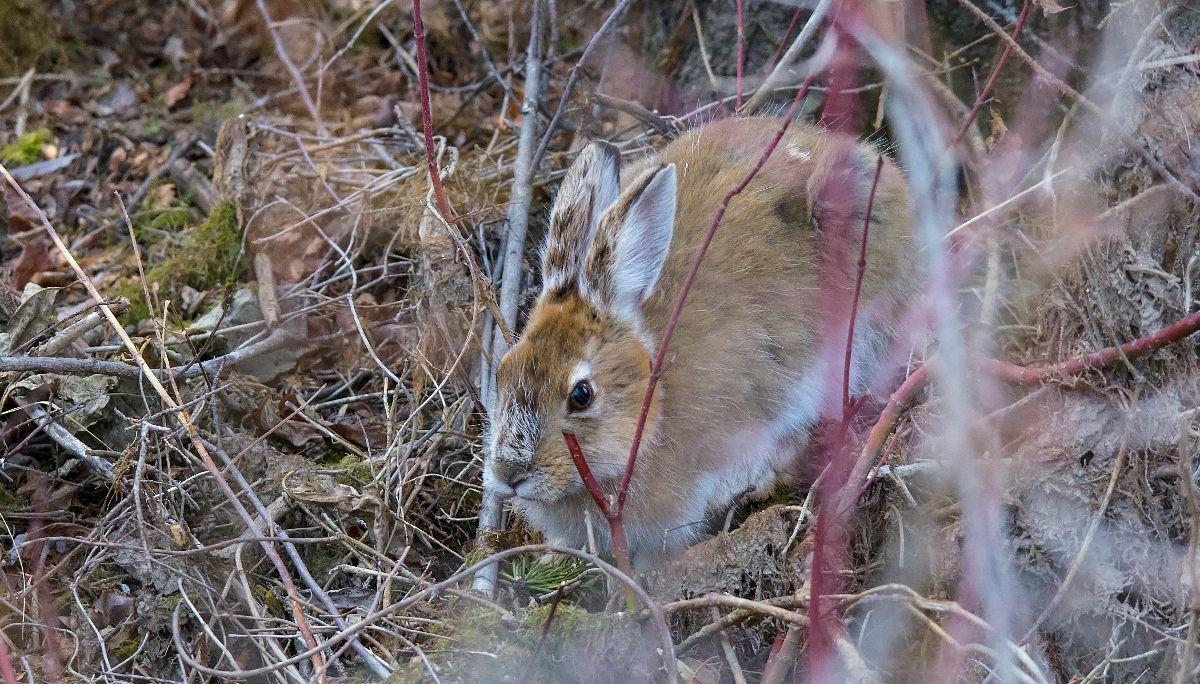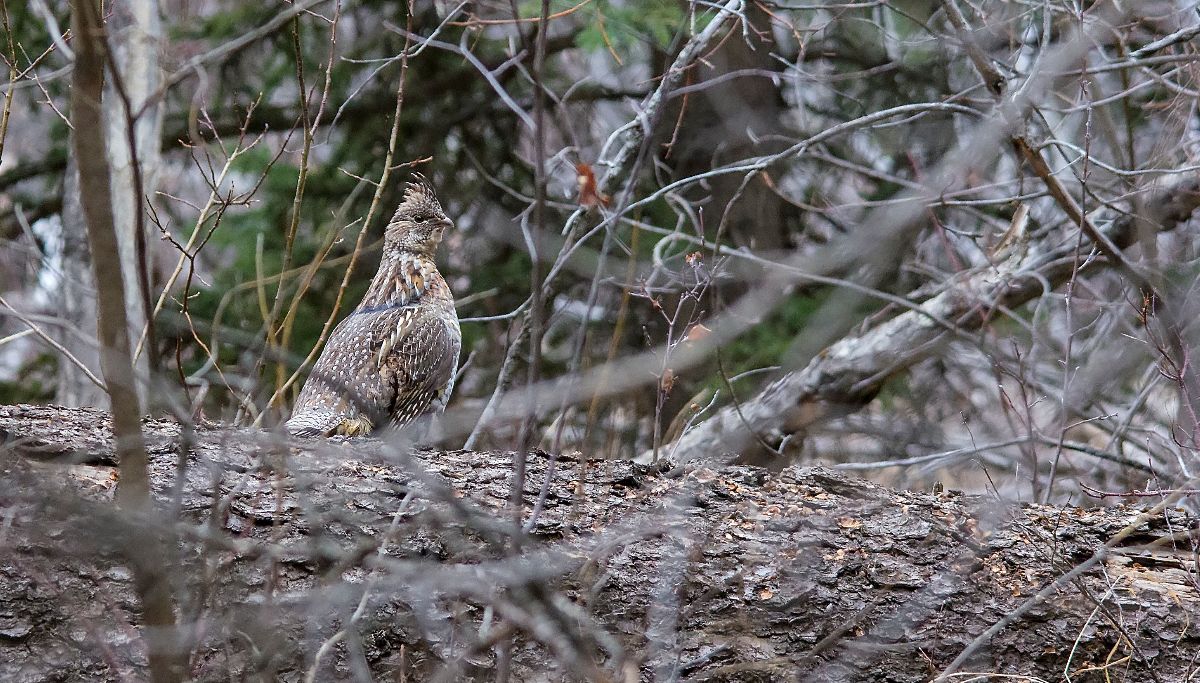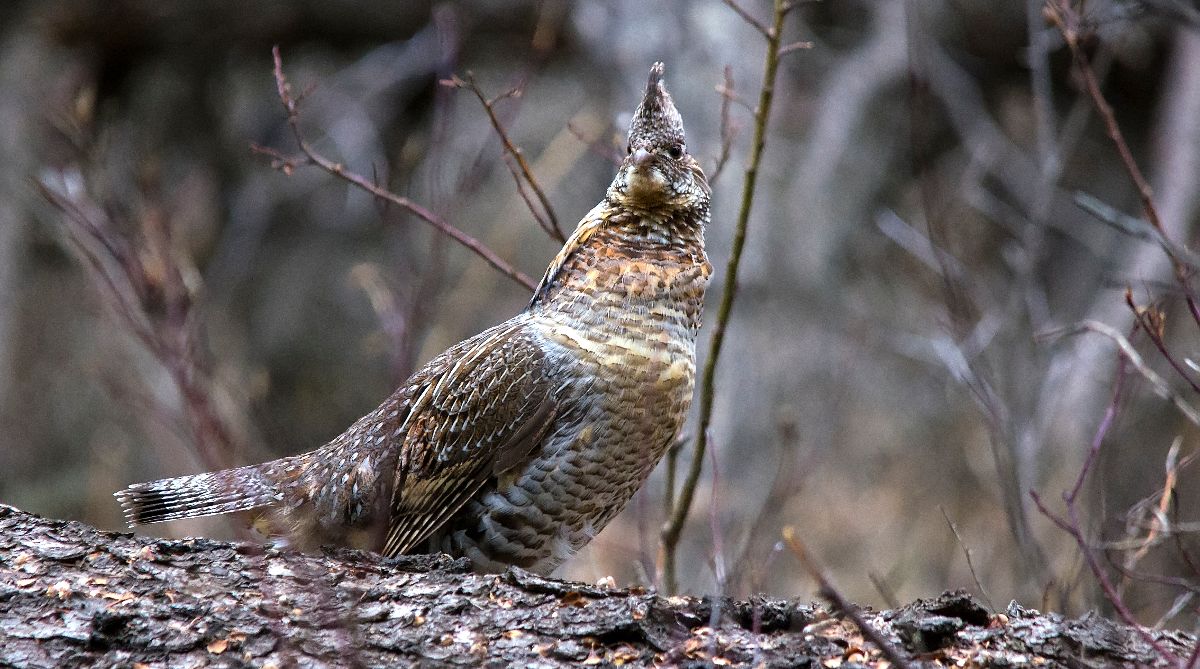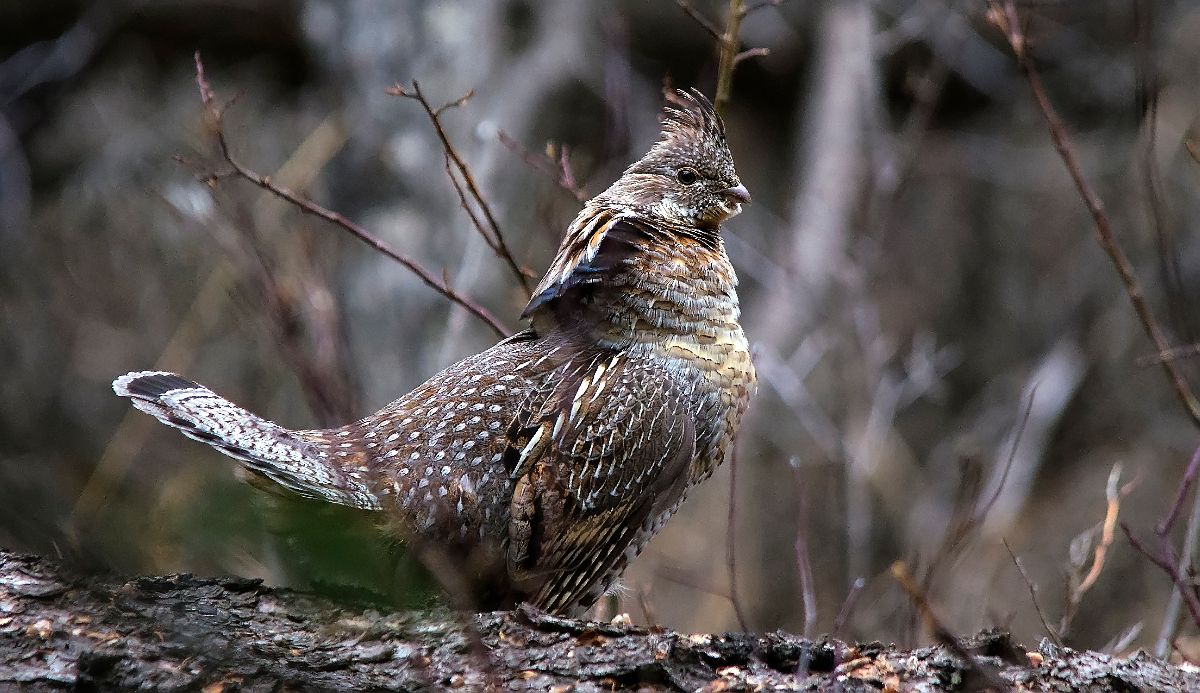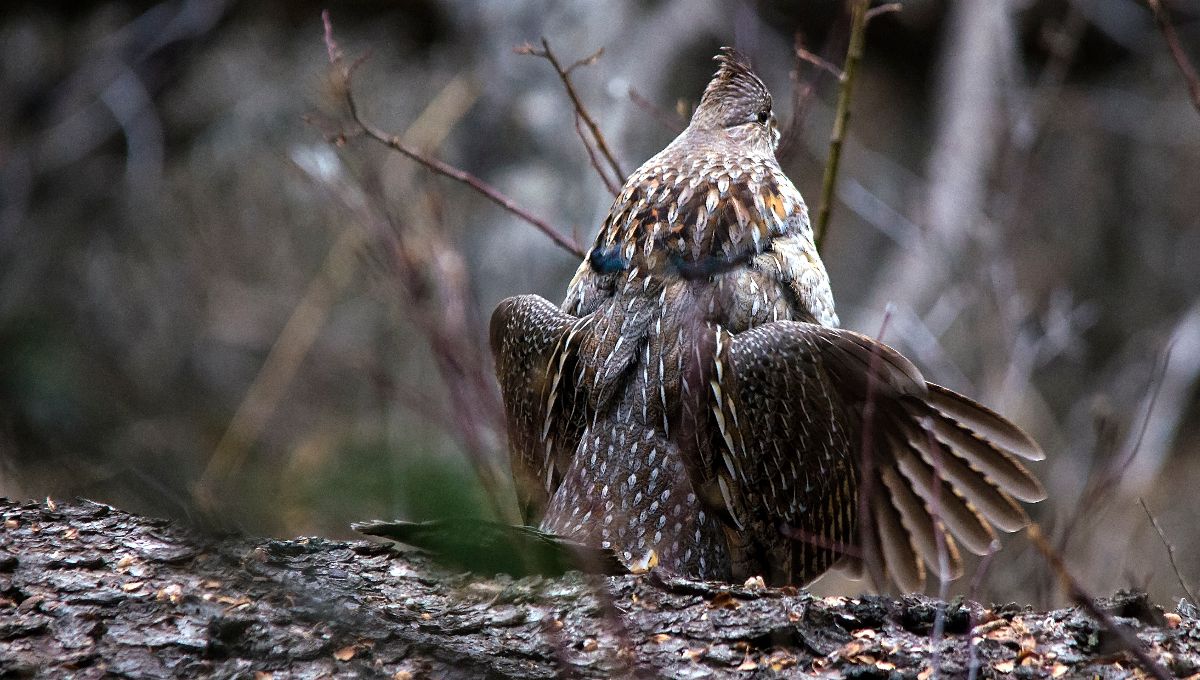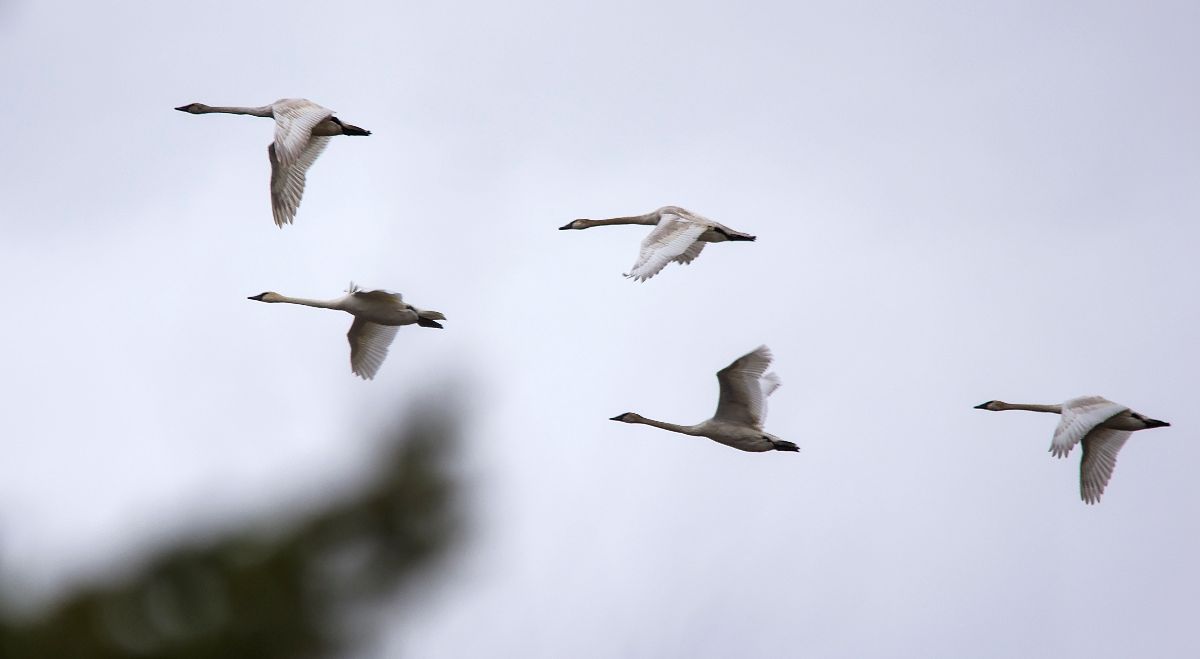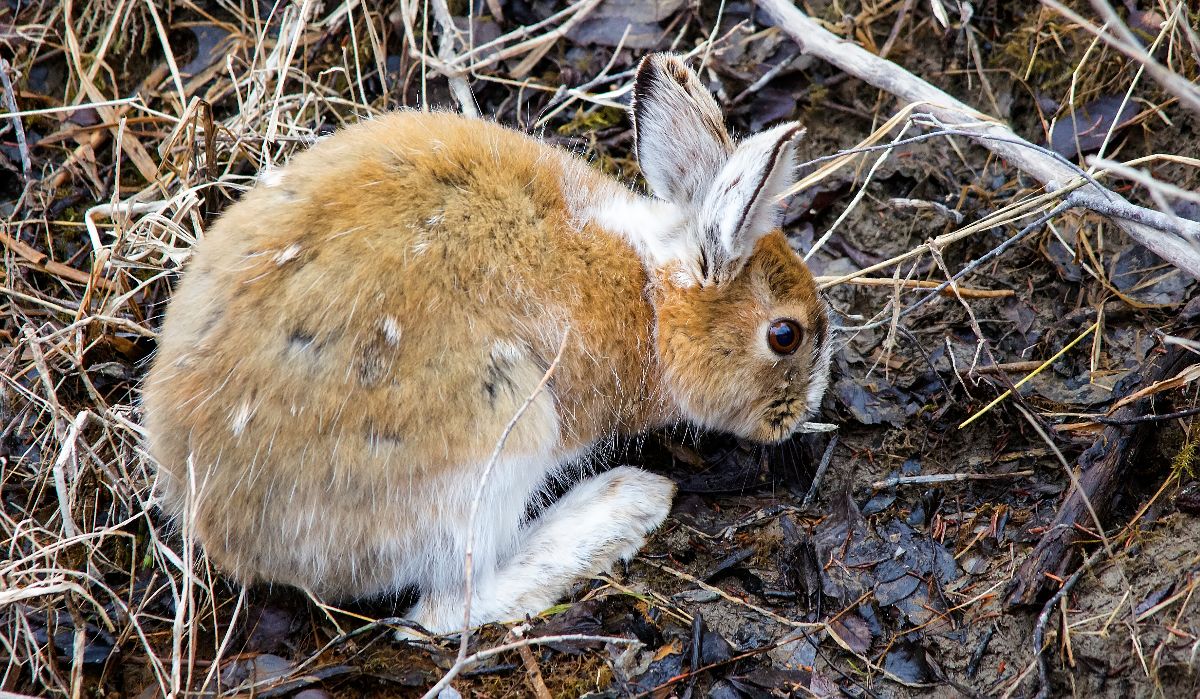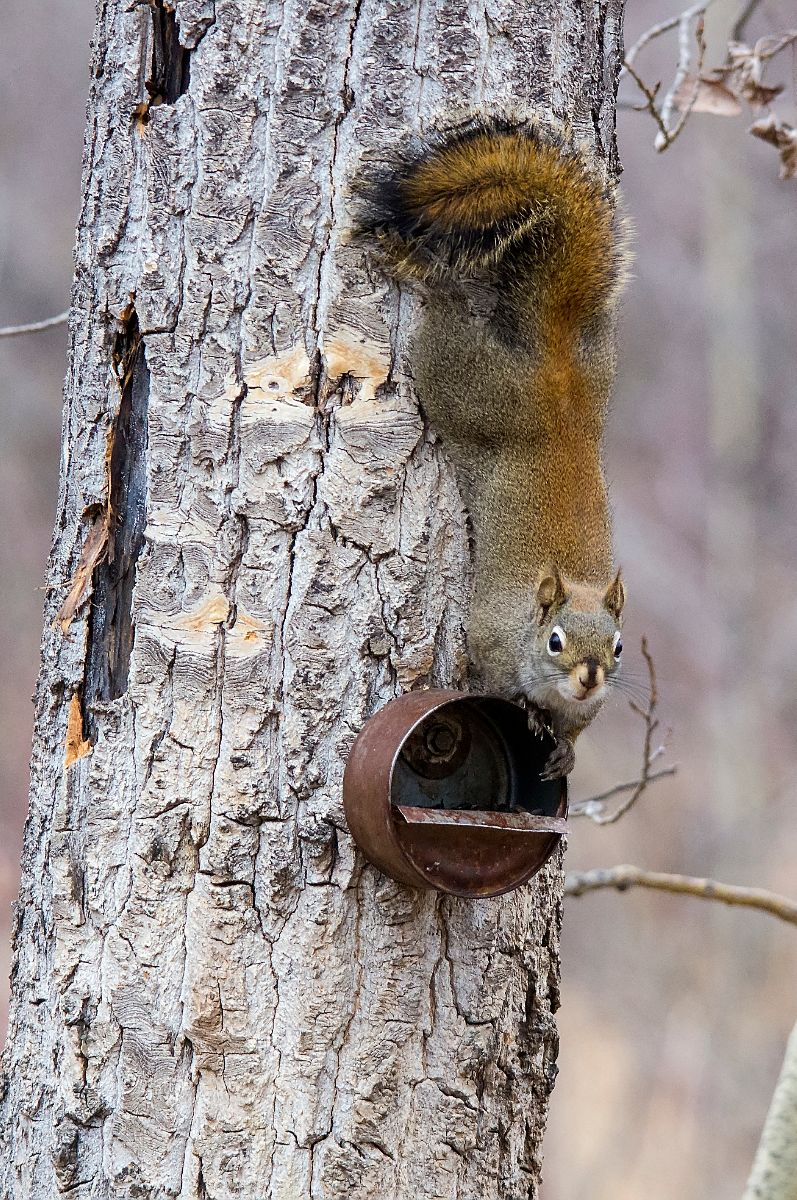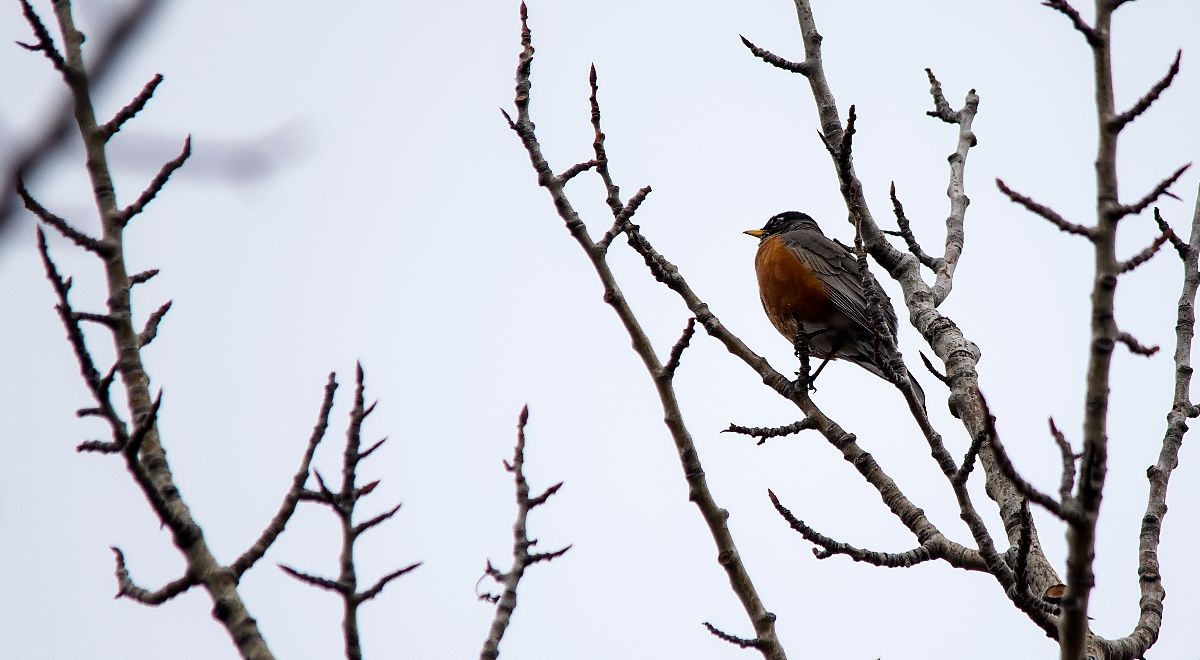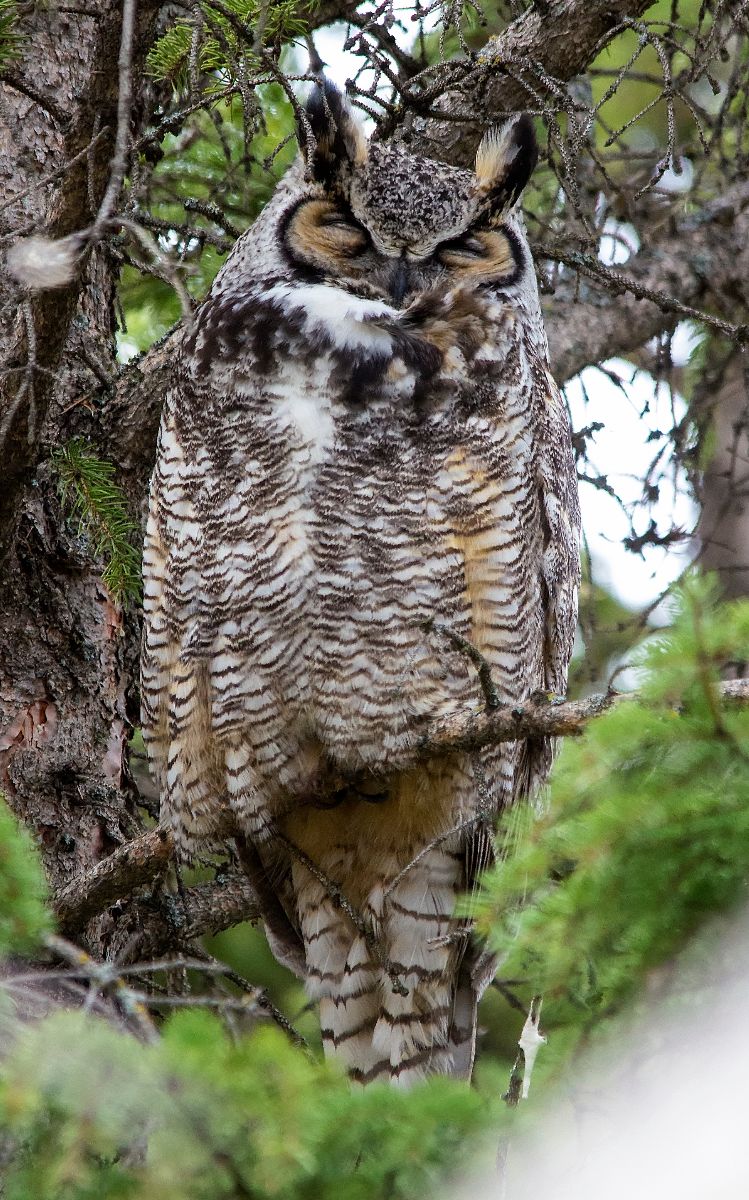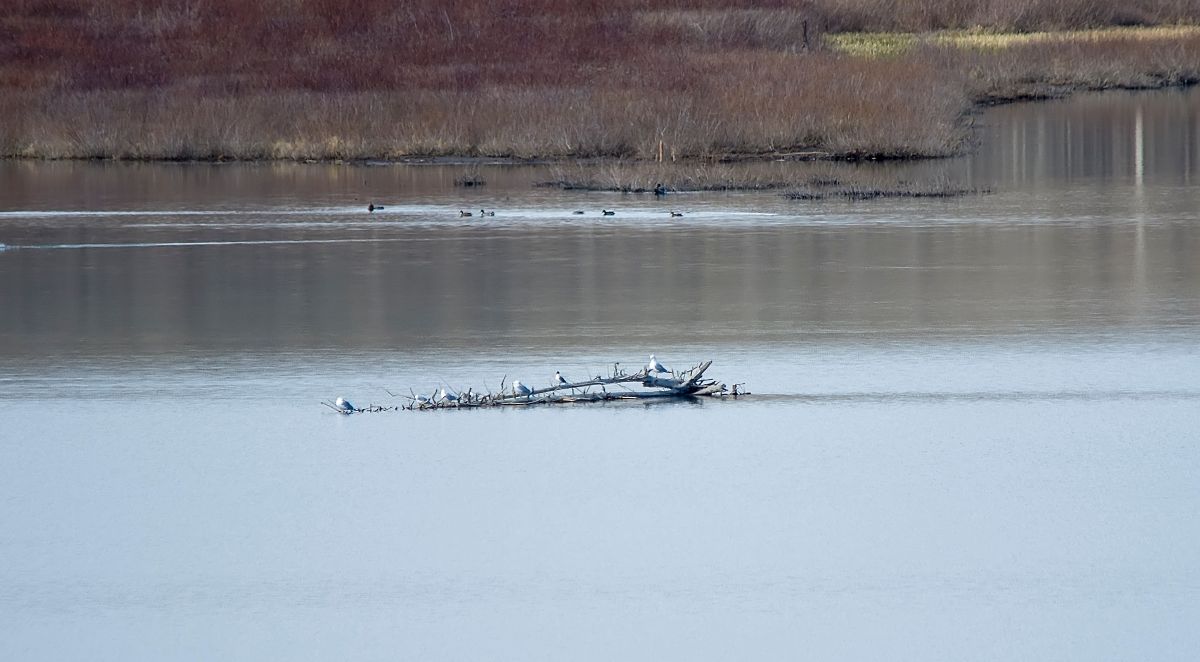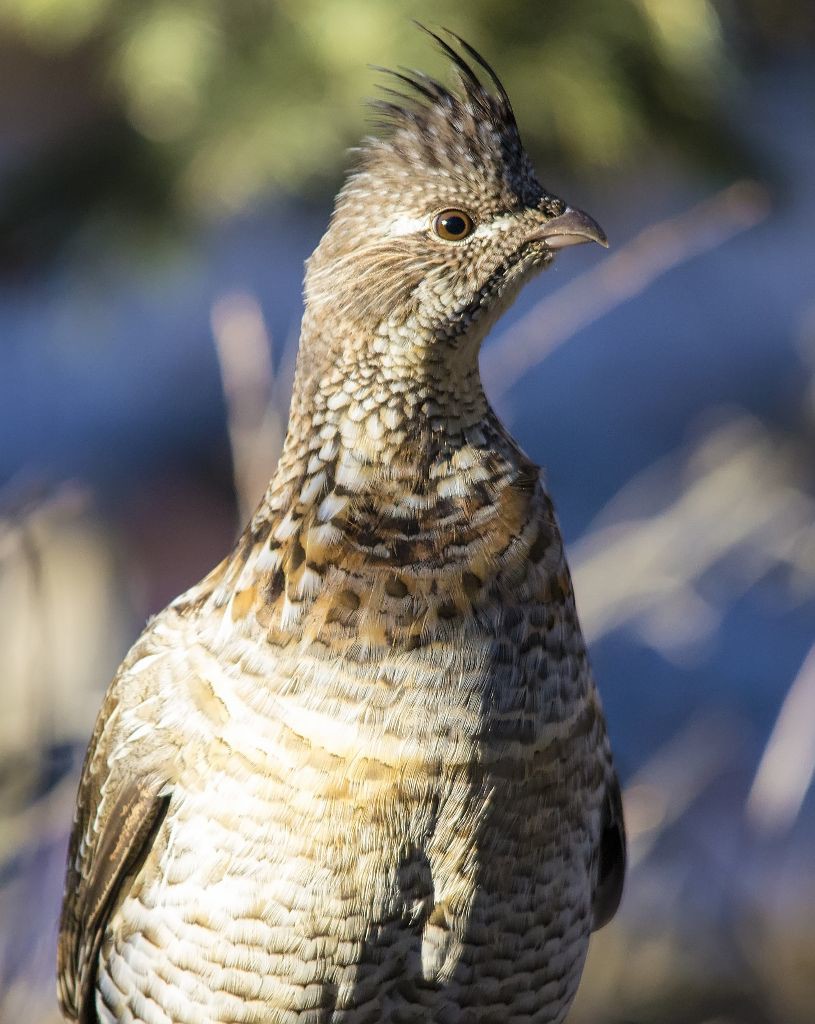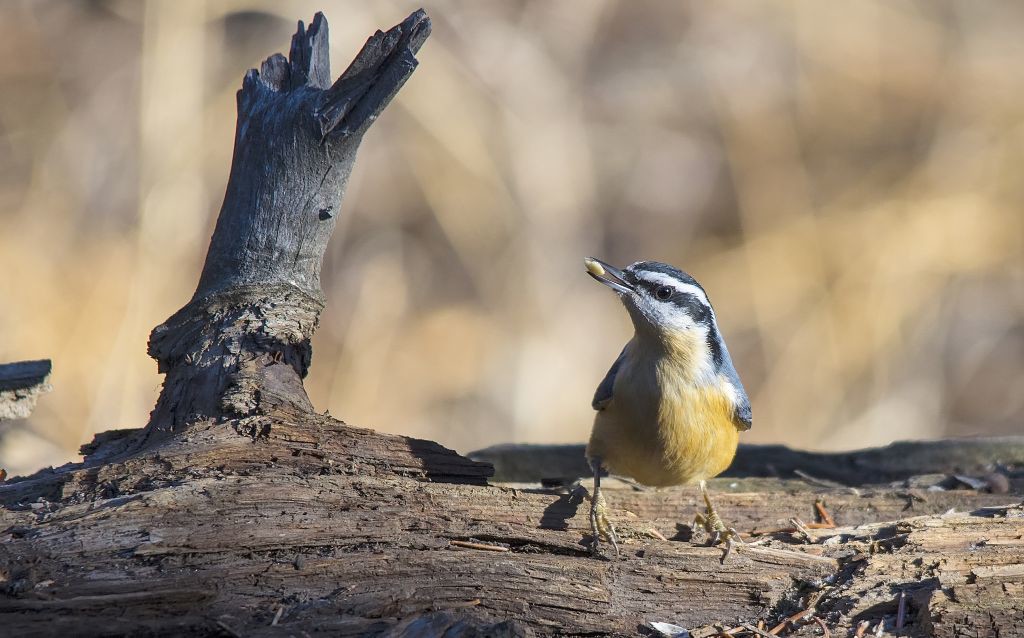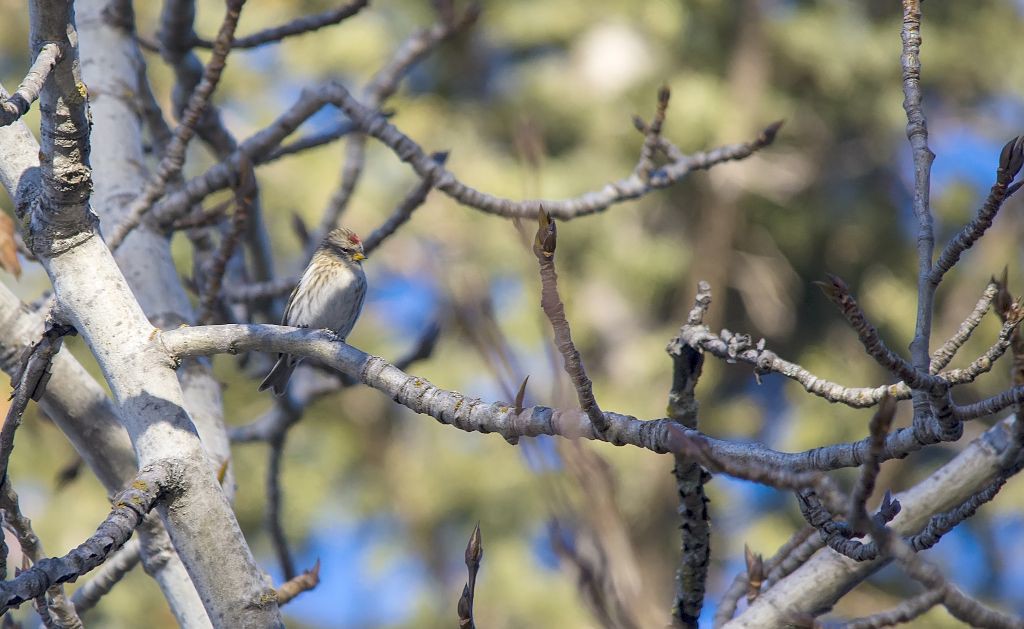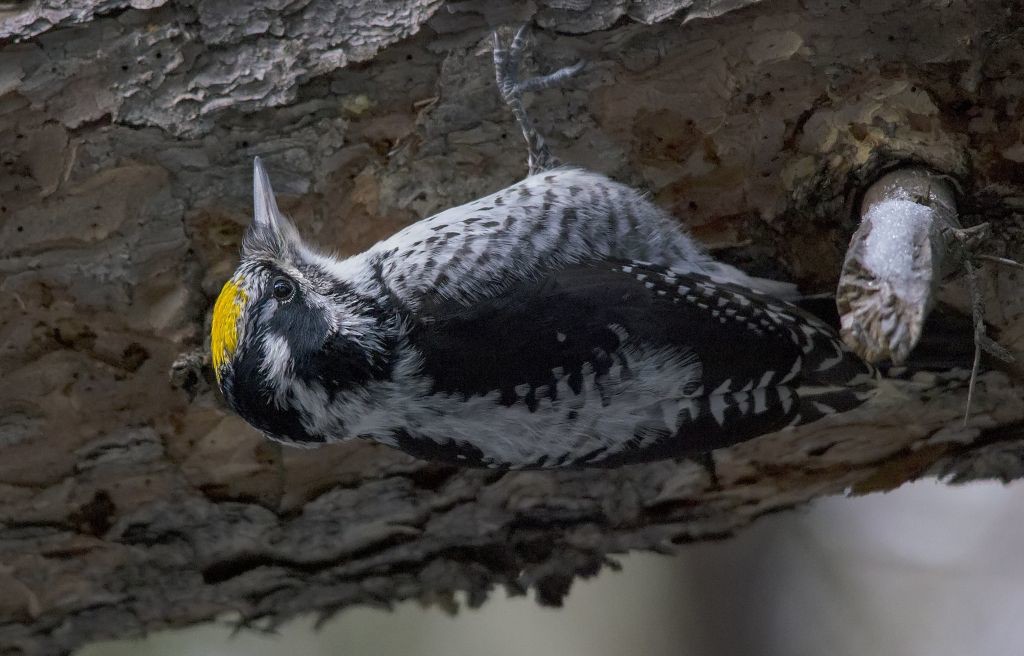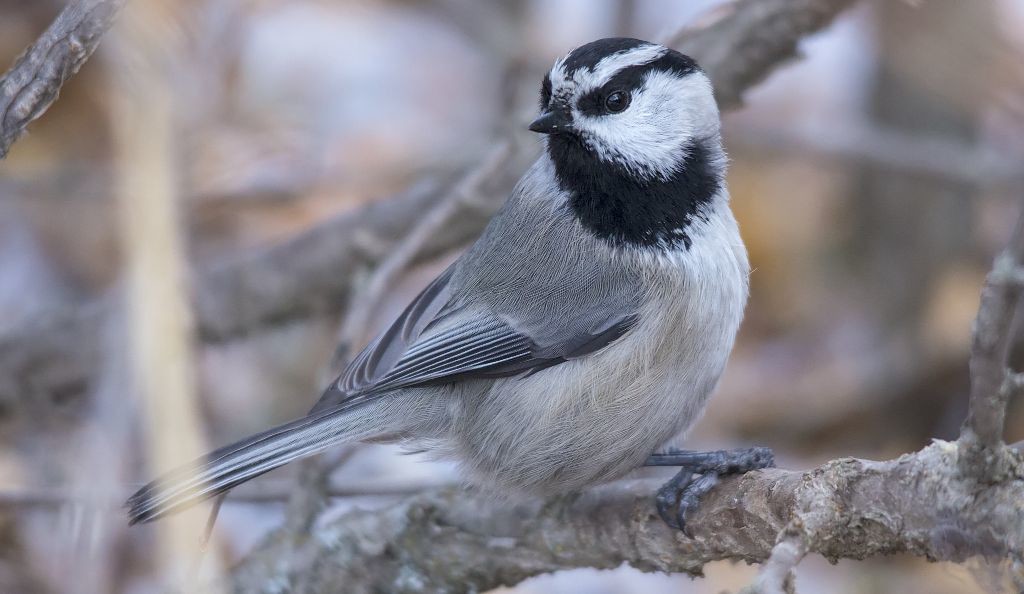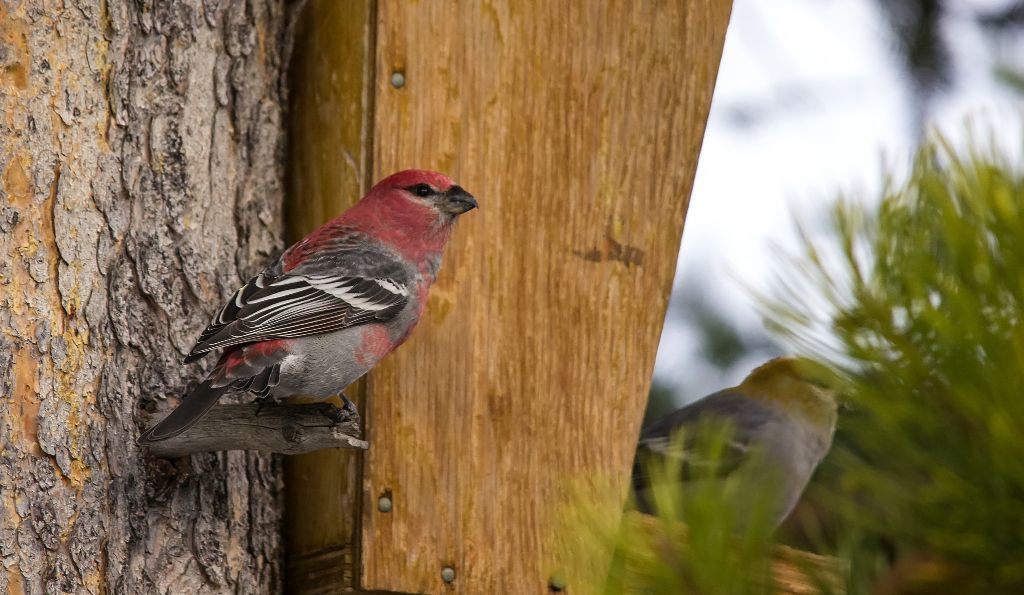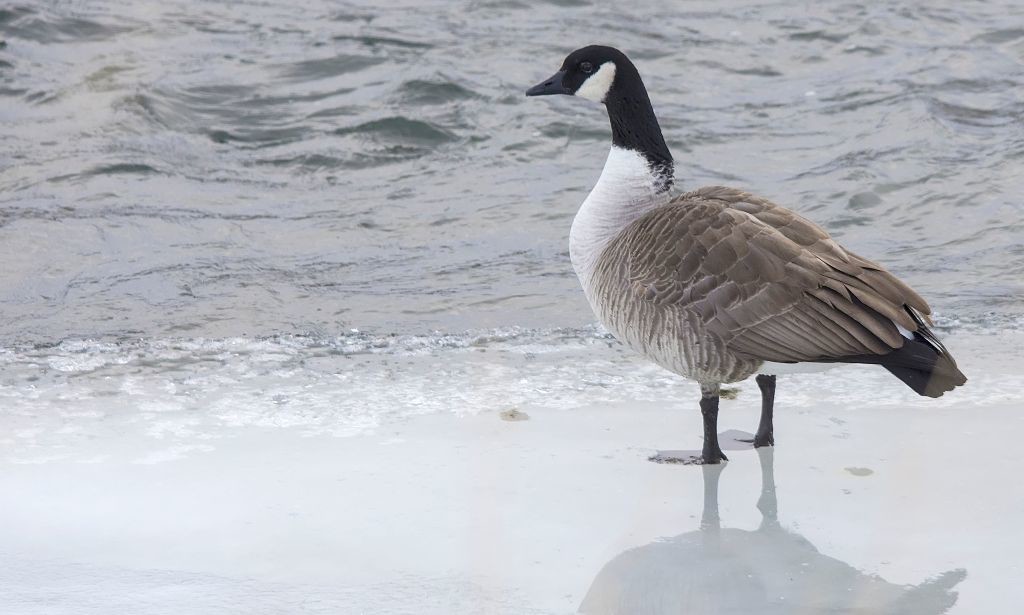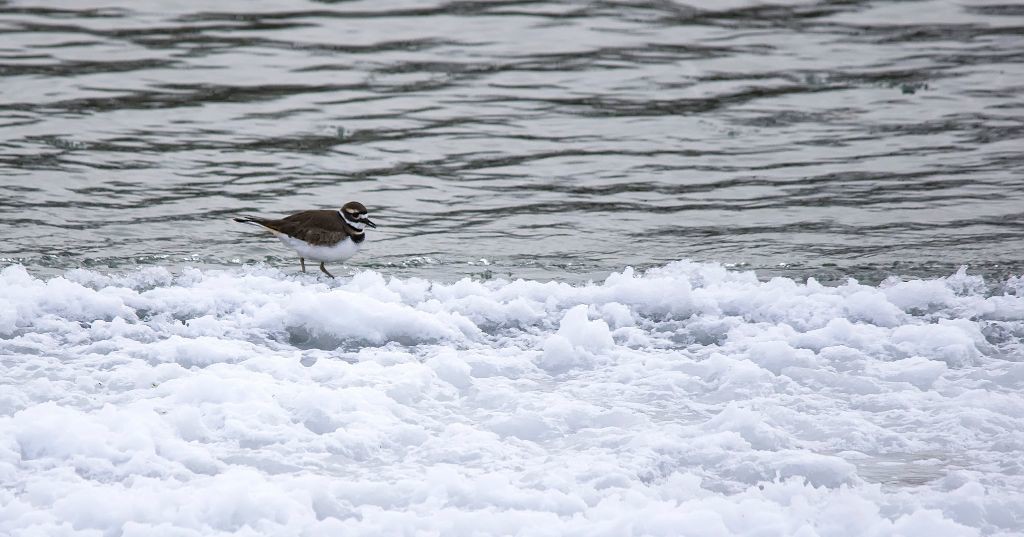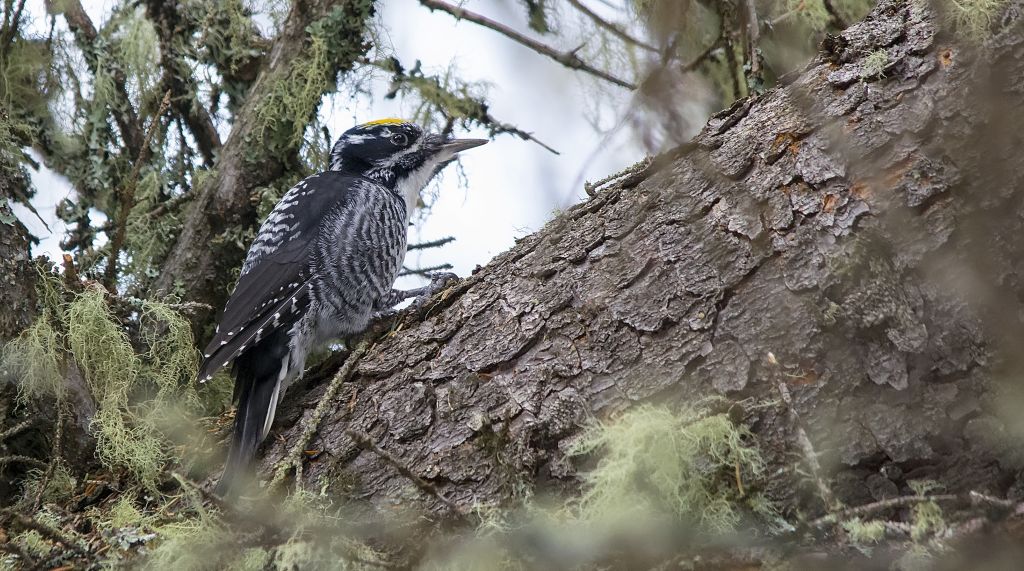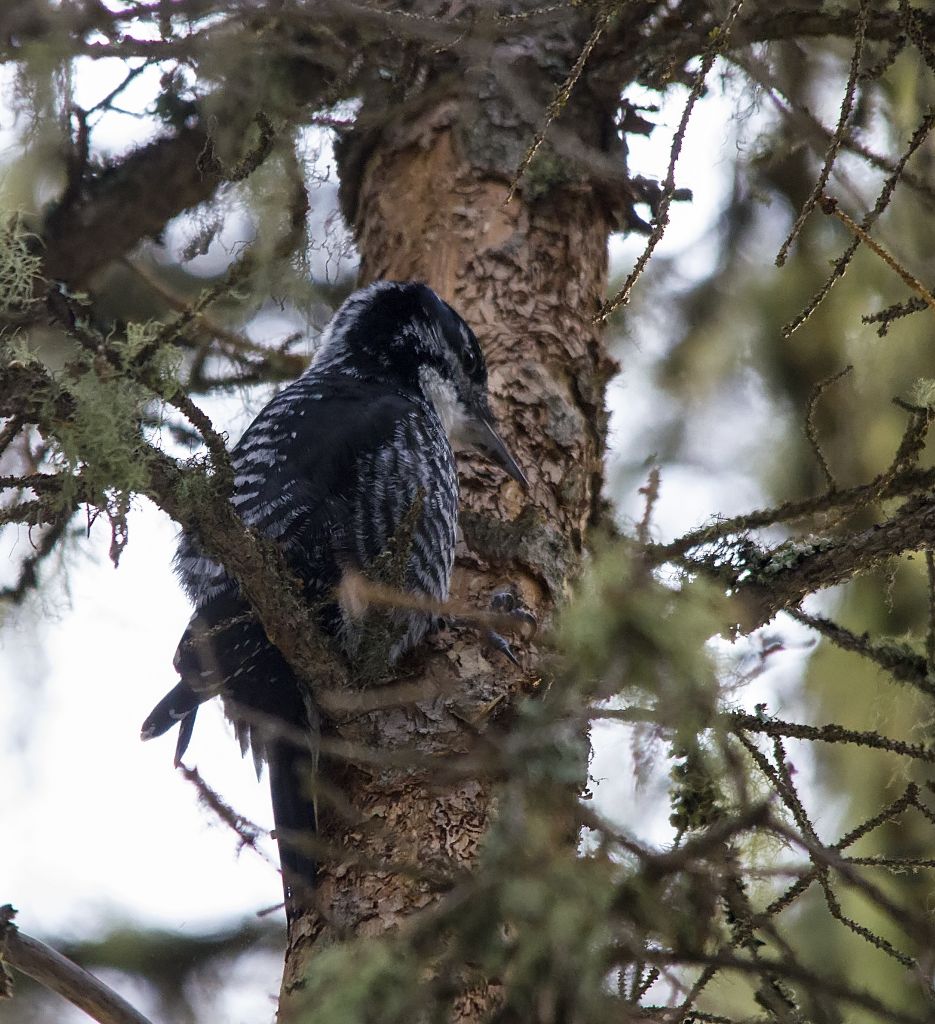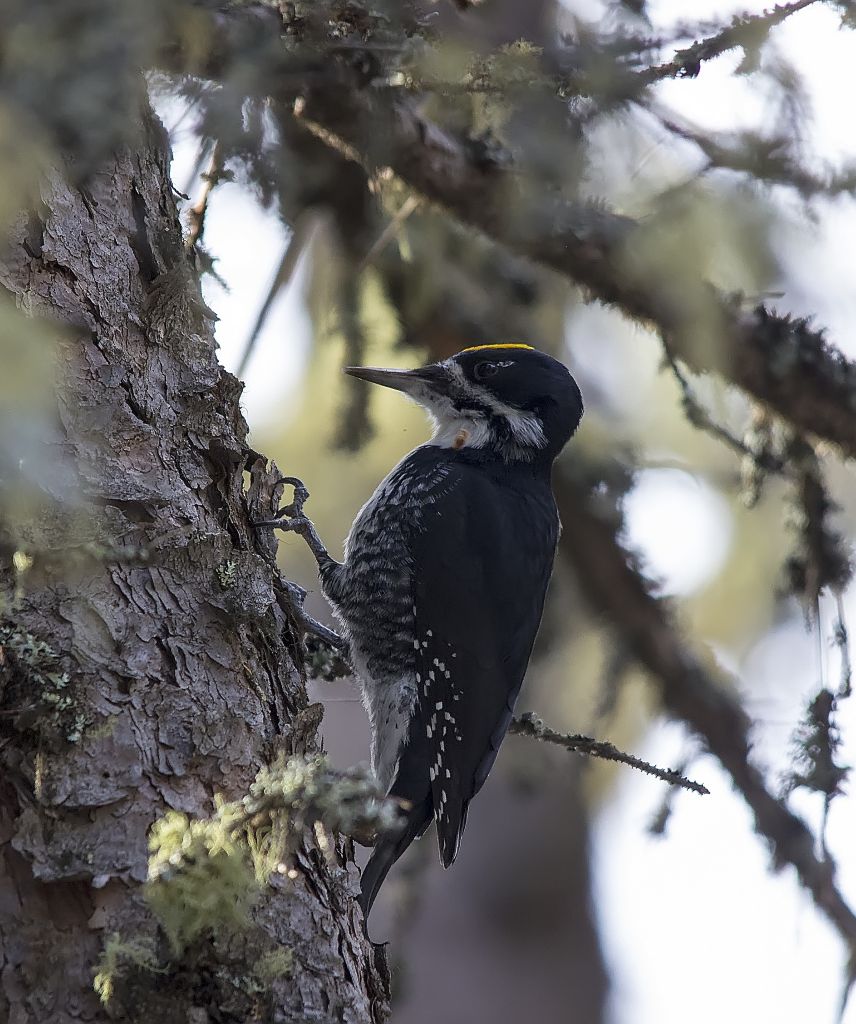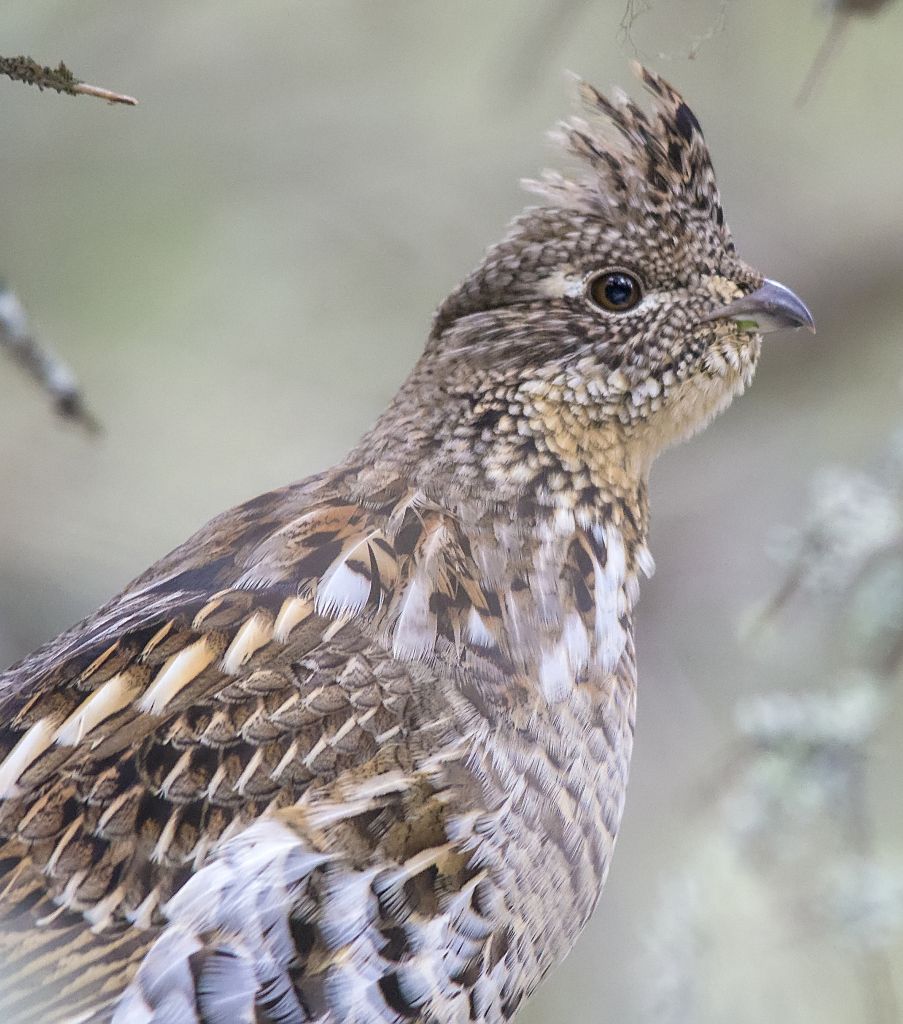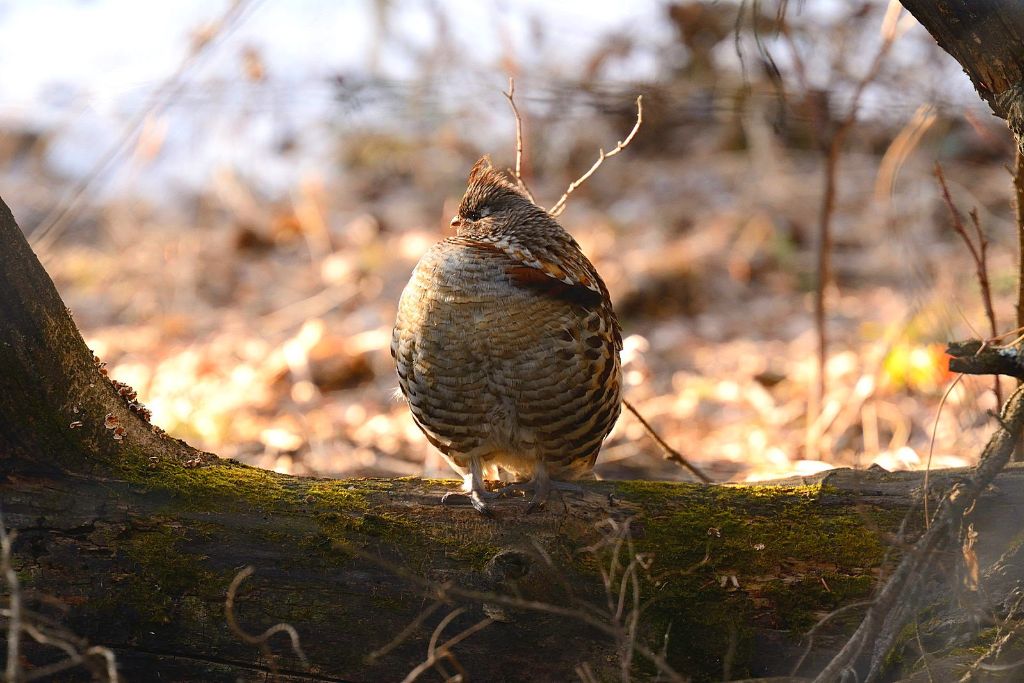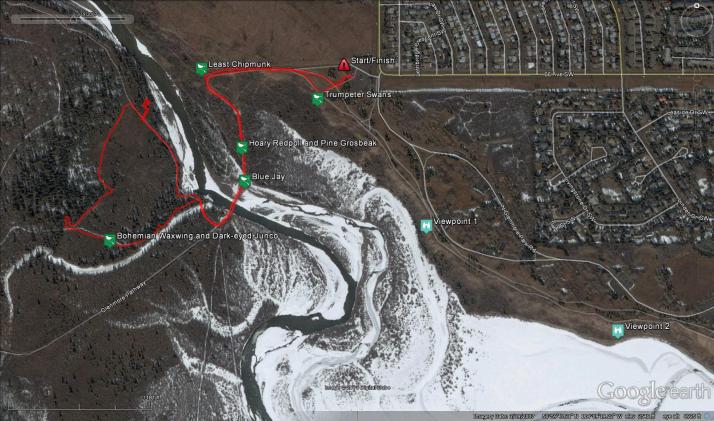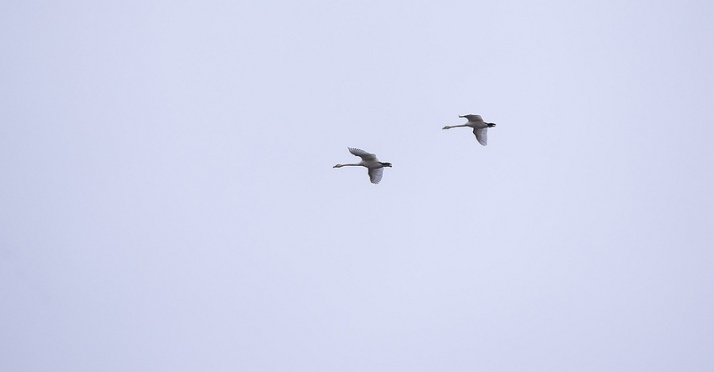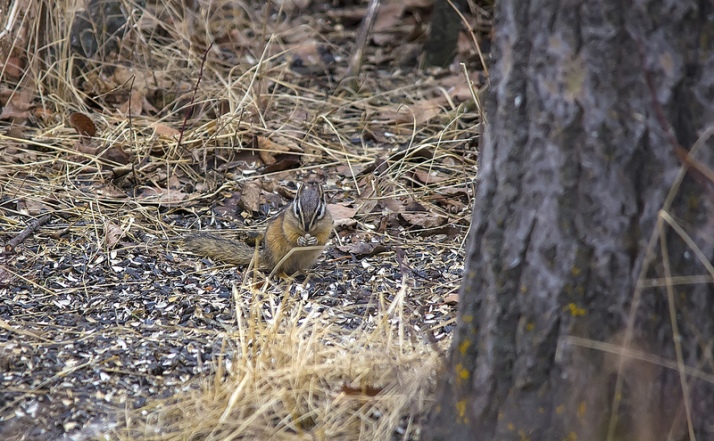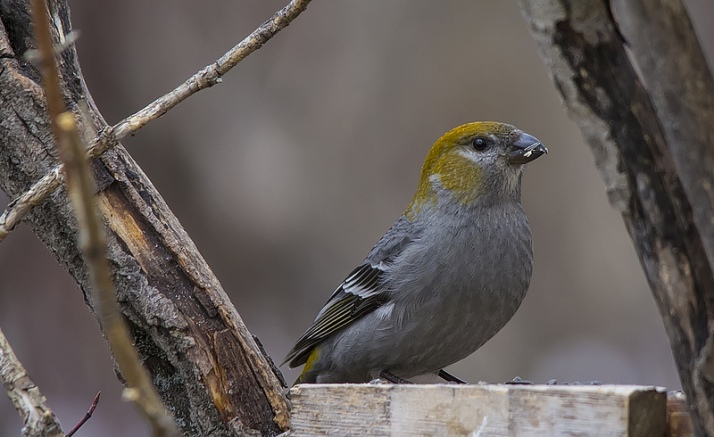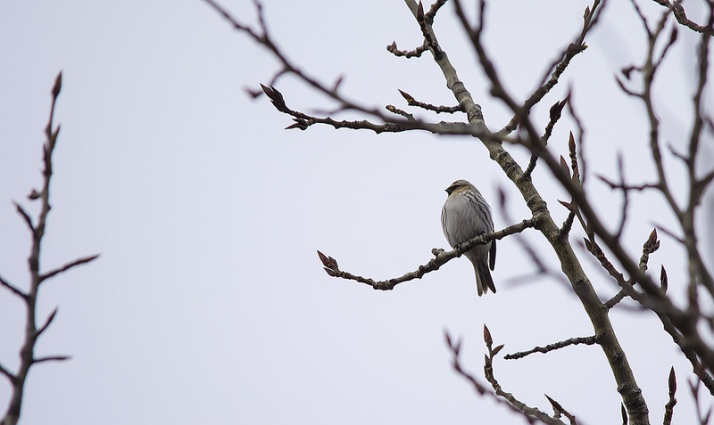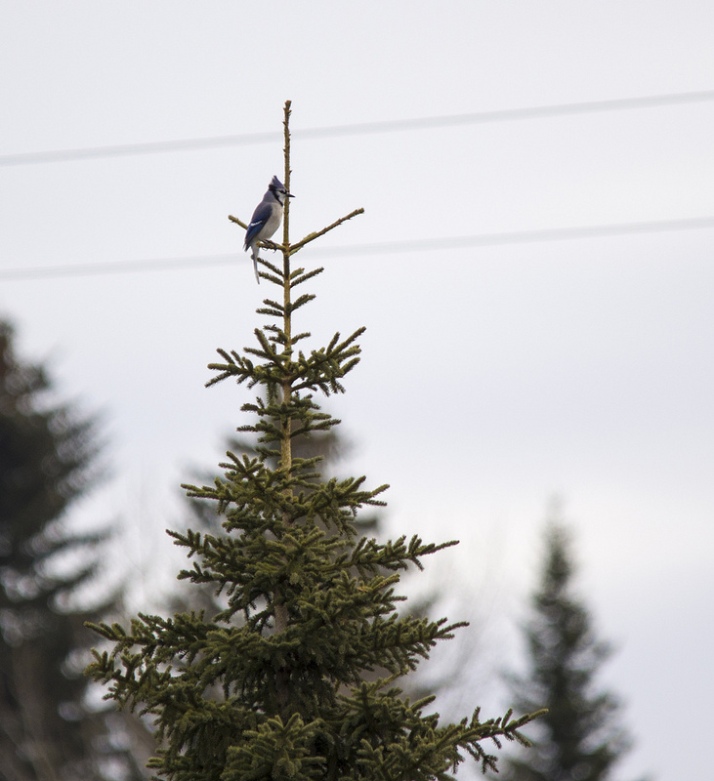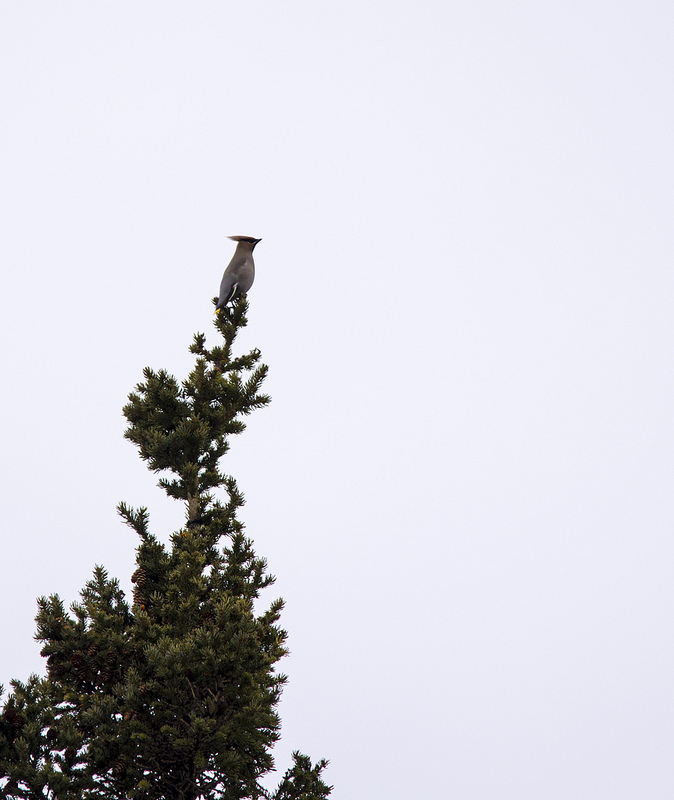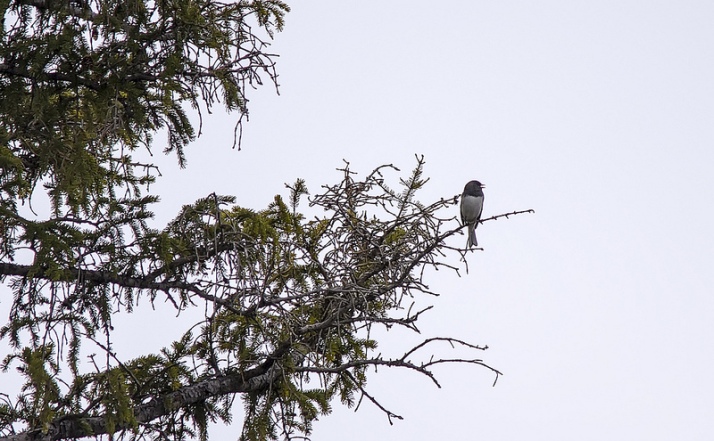Posted by Bob Lefebvre
Here are a few of the Gallinaceous or game birds of Calgary and area. There are three species that are regularly seen within the city limits, two of them introduced: Ruffed Grouse, Ring-necked Pheasant, and Gray Partridge. Ring-necked pheasants were introduced from east Asia. They are well-established in the wild in North America, but more are raised and released in Alberta every year as game birds. Gray Partridge are native to Europe and are also well-established here. Ruffed Grouse are the only native game bird that you can regularly find in Calgary.

Ring-necked Pheasant (male), Fish Creek Park, March 4, 2017. Photo by Tony LePrieur.
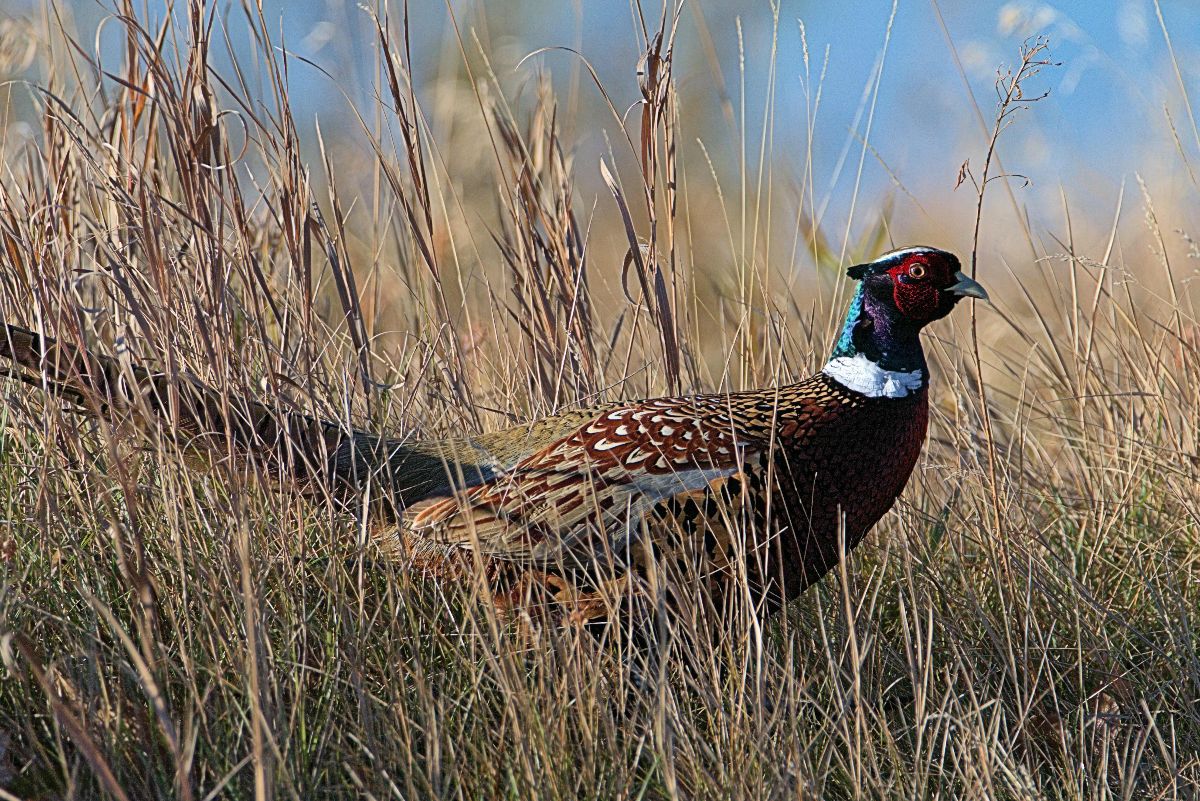
Ring-necked Pheasant (male), Fish Creek Park, October 18, 2015. Photo by Tony LePrieur.
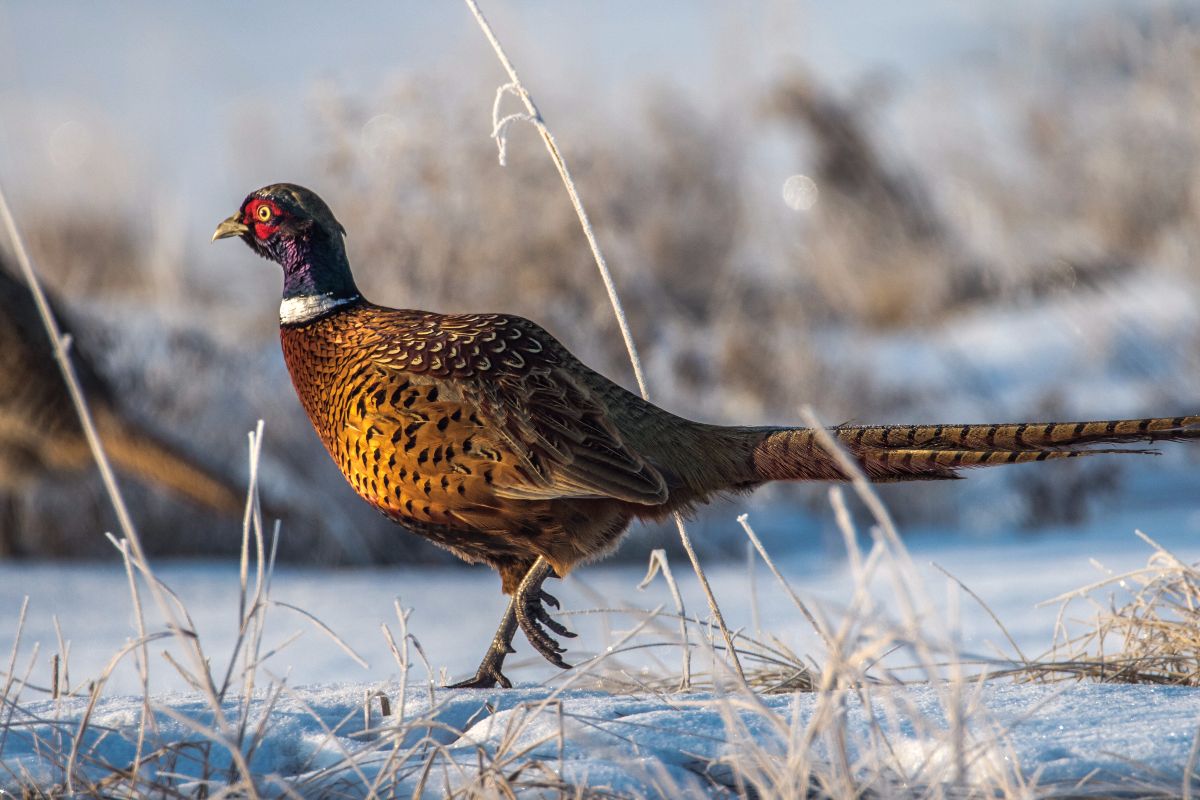
Ring-necked Pheasant (male), Fish Creek Park, February 20, 2017. Photo by Tony LePrieur.
Listen for the harsh, usually two-note crowing of the males in Fish Creek Park, especially along the river.
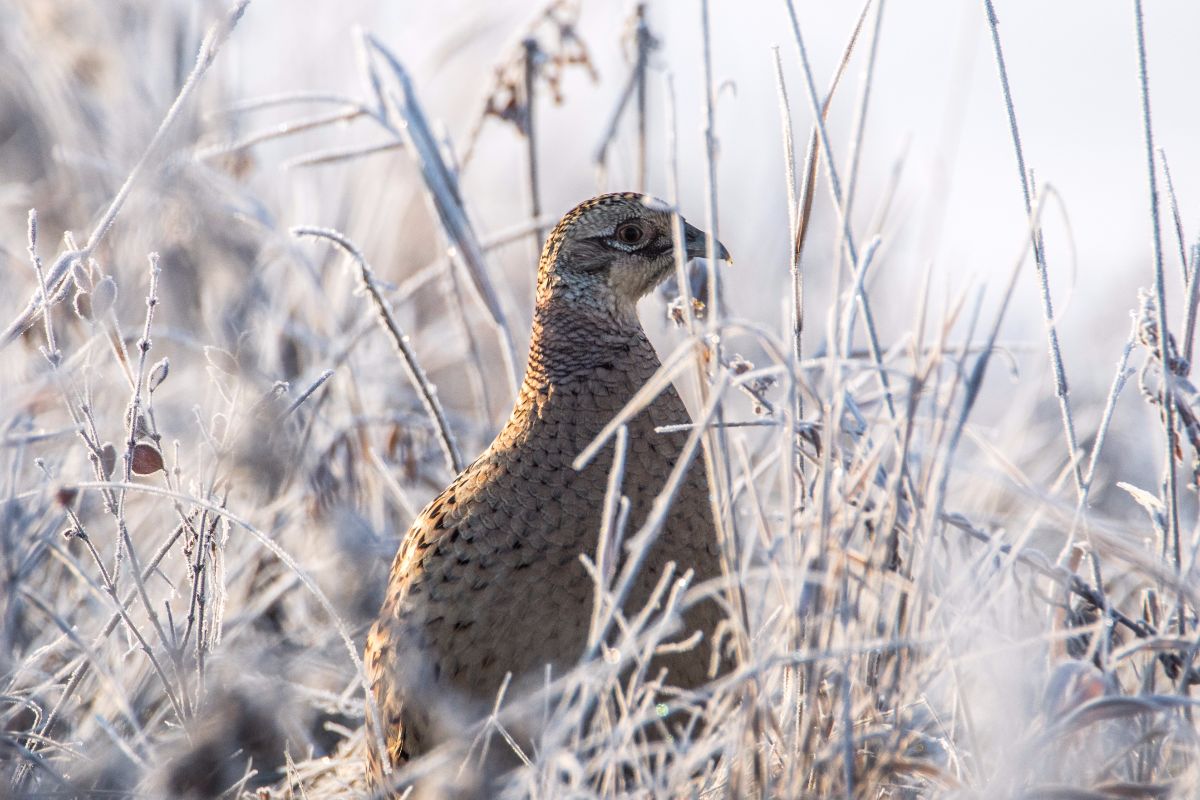
Ring-necked Pheasant (female), Fish Creek Park, February 20, 2017. Photo by Tony LePrieur.

Ring-necked Pheasants (female), Fish Creek Park, February 20, 2017. Photo by Tony LePrieur.
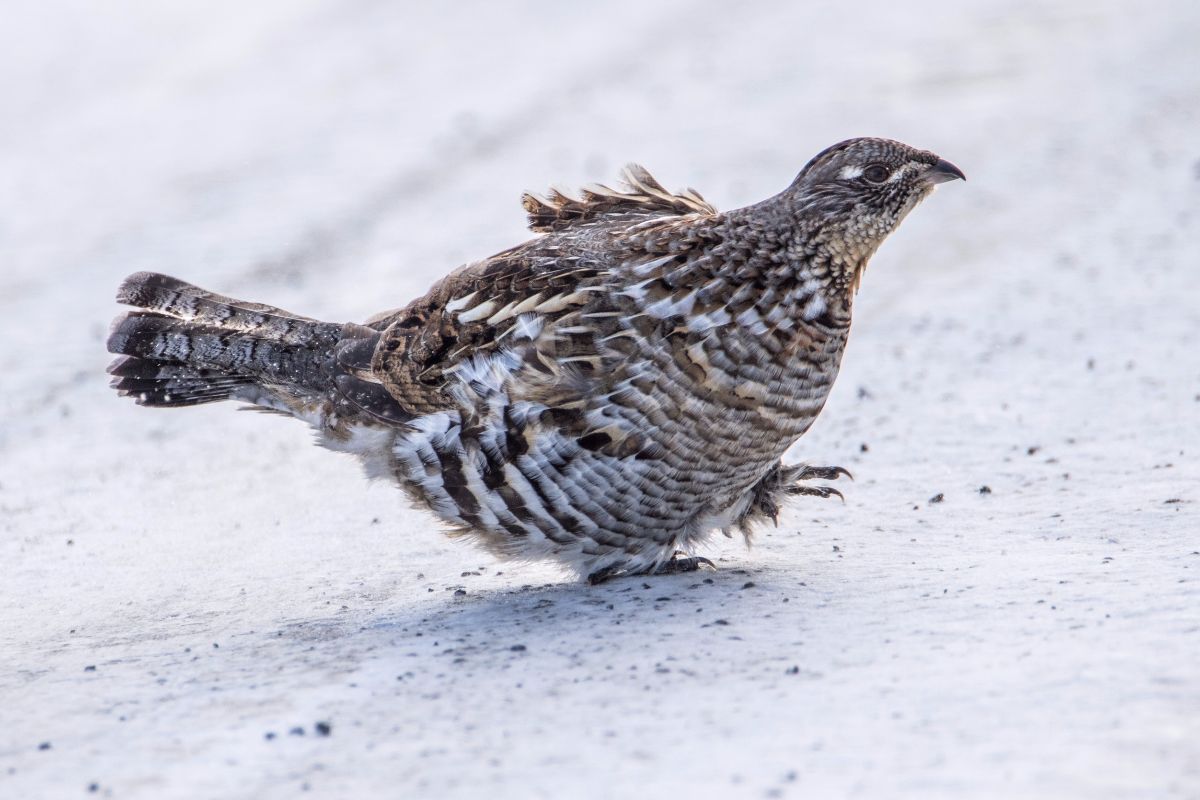
Ruffed Grouse, Turner Valley area, January 8, 2017. Photo by Tony LePrieur.
In Calgary, Ruffed Grouse can be found in the boreal forest where it creeps into the west end of the city. The Weaselhead is probably the most reliable location. In the spring, listen for the drumming of the males.
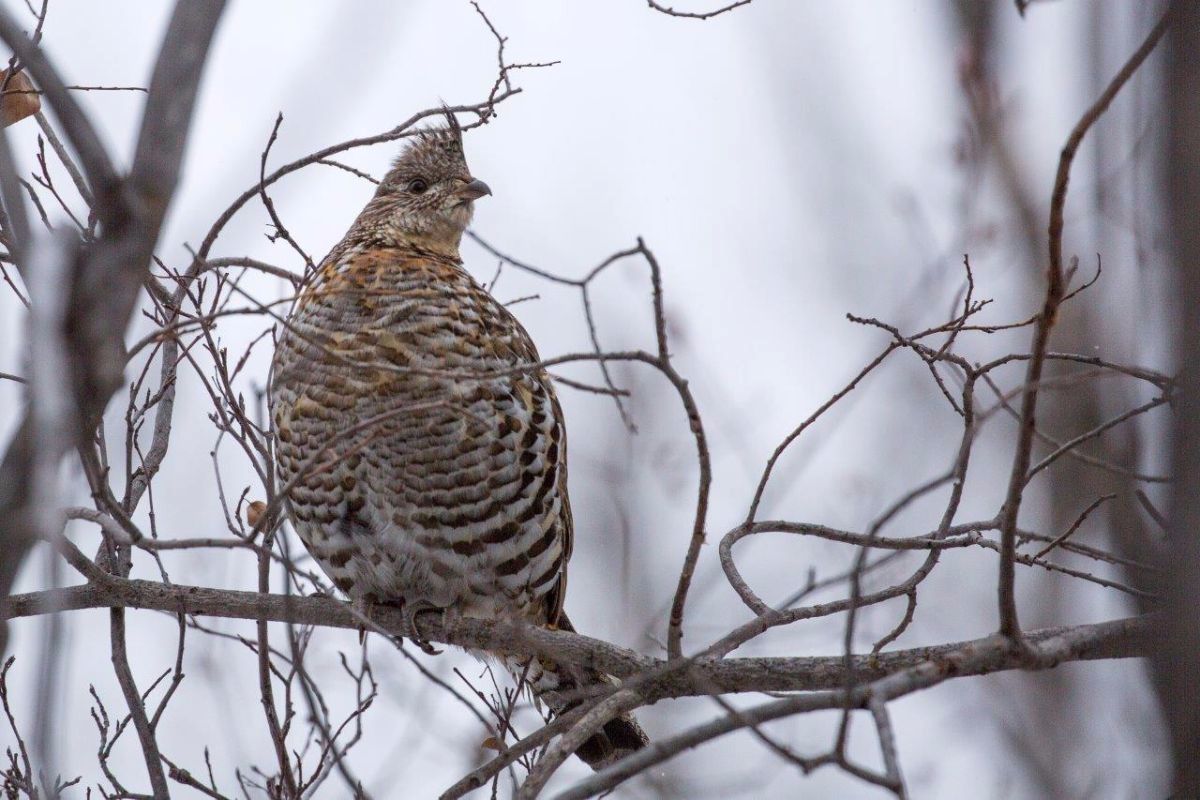
Ruffed Grouse, Weaselhead Nature Area, February 22, 2017. Photo by David Mitchell.

Gray Partridge, Calgary, February 19, 2017. Photo by Tony LePrieur.
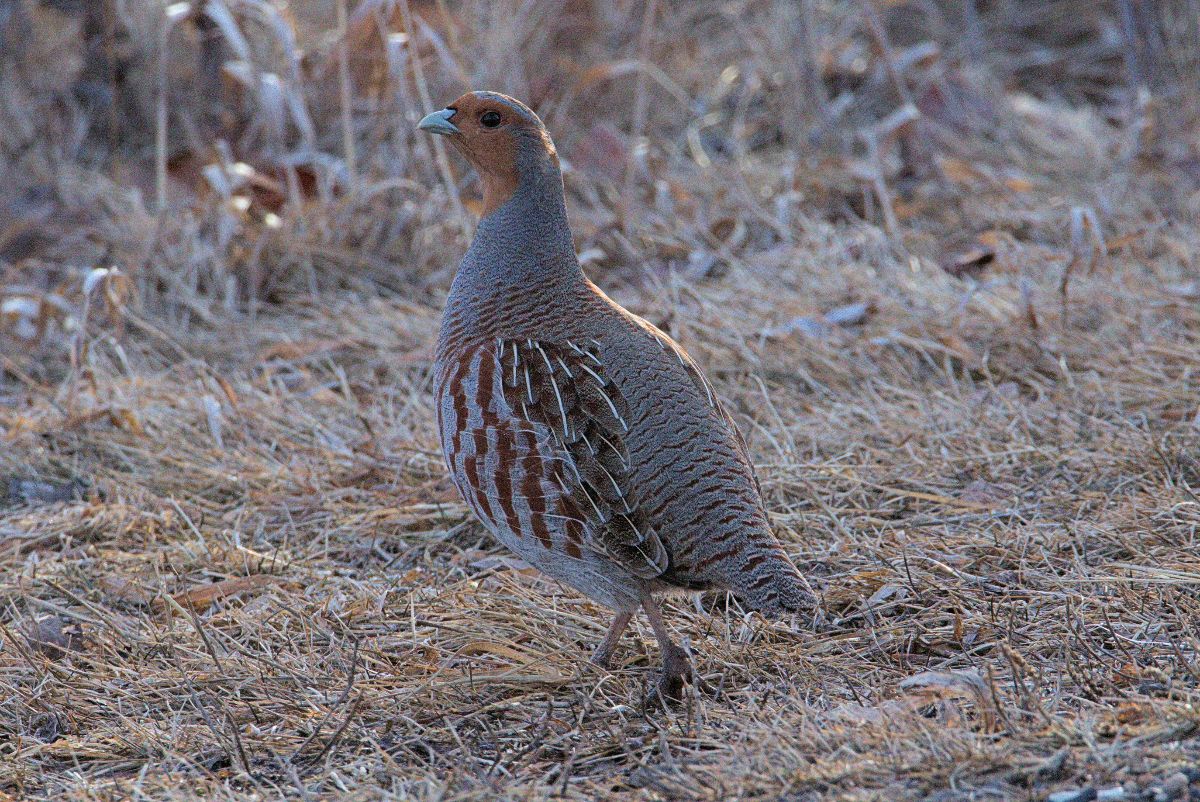
Gray Partridge, Calgary, February 19, 2017. Photo by Tony LePrieur.
Gray Partridge are usually found near open grassy fields, and are often seen in residential areas. In the spring you may see pairs but since they have large broods, by summer they are often in family groups of up to 20 birds.
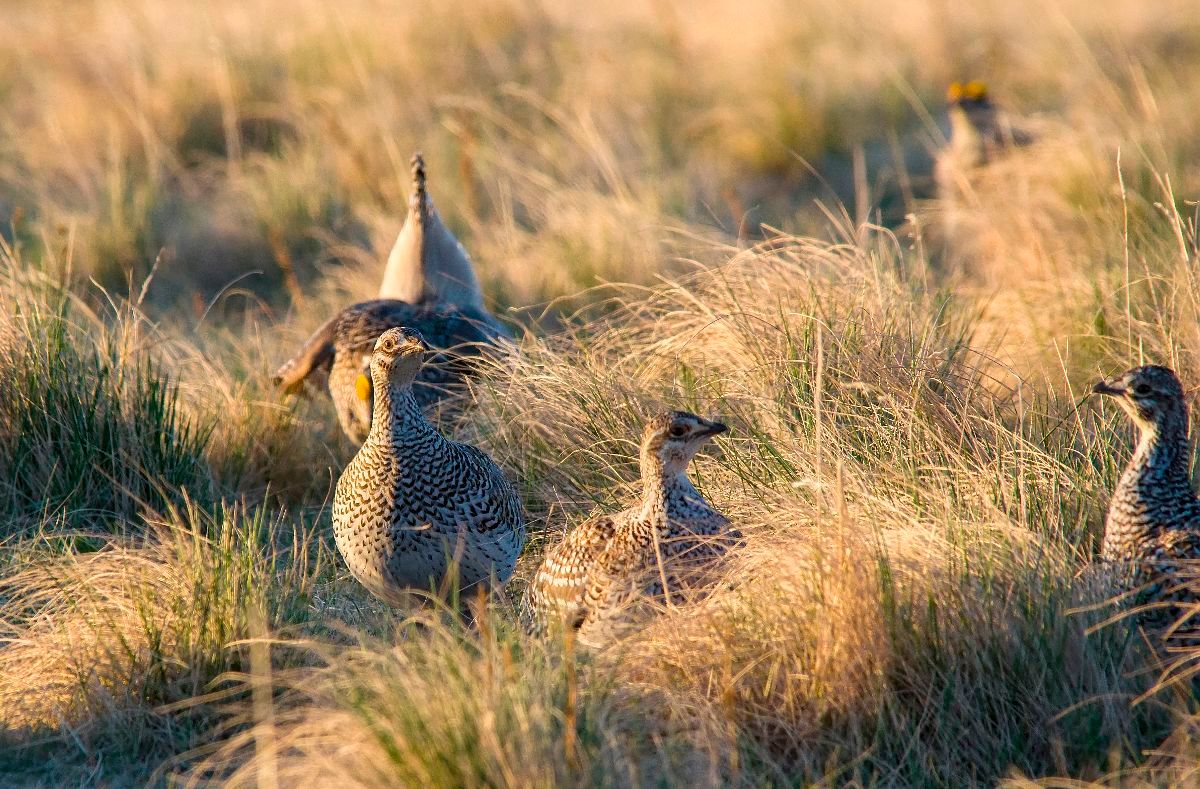
Sharp-tailed Grouse, south of Calgary, April 2016. Photo by Dan Arndt.
Sharp-tailed Grouse are almost never seen in the city (or even near it) any more, although they historically had a breeding ground (lek) on Nose Hill and used to be seen regularly there. You can still find them on the prairies, especially south and southeast of town. (See this post for more of Dan’s photos from a lek.)
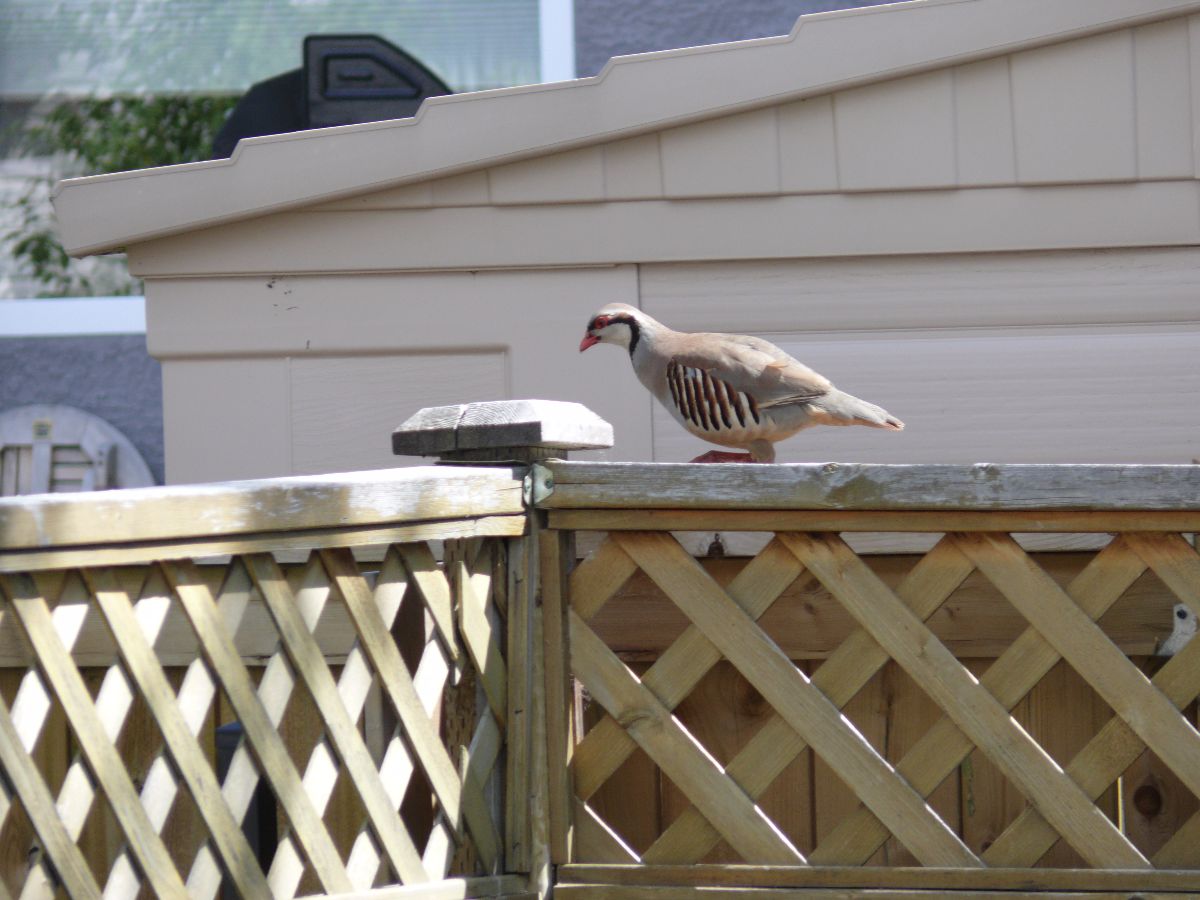
Chukar, West Springs, SW Calgary, July 2012. Photo by Tom Amerongen.
I should also mention the Chukar, another introduced Eurasian game bird that is established in some parts of western North America. It has never established successful breeding populations in the Calgary area. Nevertheless, people do see them in town almost every year. They can be bought to be raised privately and apparently are often used to train hunting dogs, and inevitably some escape into the wild. In the last two years there have been sightings from Egerts Park in the NW, Radisson Heights and Dover in the SE, and Strathcona in the SW. If you see one of these birds, send us an email. I’ve never seen one, and would like to, even though as an escaped captive bird it doesn’t count on my eBird list.
If you venture out of town you can also see Spruce Grouse and Dusky Grouse in the foothills, and White-tailed Ptarmigan in the mountains. Wild Turkeys can be found SW of town, in the Millarville area.
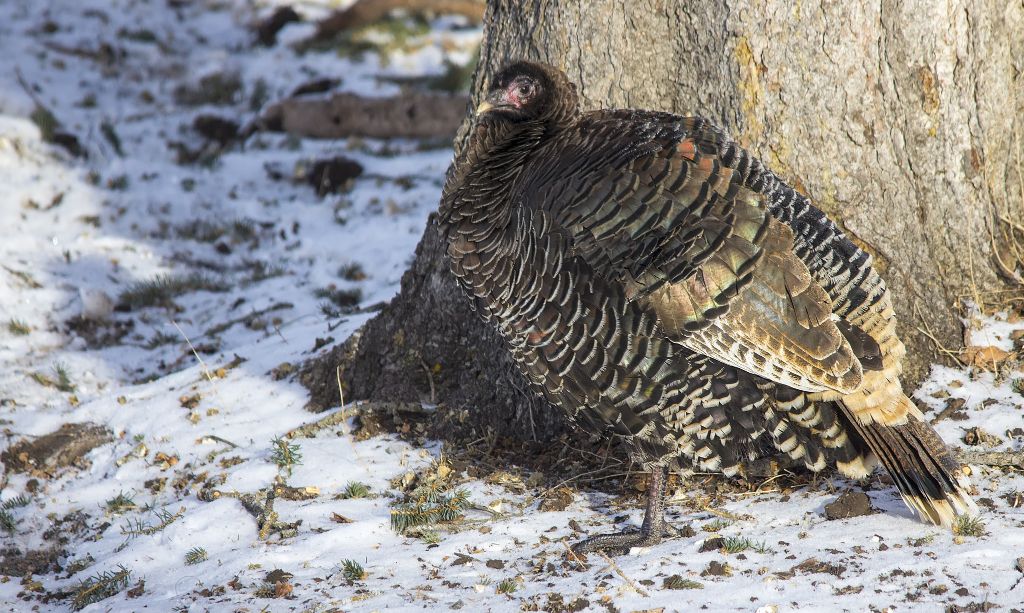
Wild Turkey, Millarville area, January 9, 2015. Photo by Dan Arndt.
